Welcome to Fairyland!
This post is about things that are (a) behind a house, (b) inside a house, and (c) more or less 1900 miles away in Iowa. Fairyland shown above is behind a house on Amador Avenue.
“OFFSIDE!!” you shout. The Quirky Berkeley rules explicitly say that things shown here must in Berkeley and must be visible from the street – conditions that are not present here. Leaving aside the obvious observation that I break the rules when I want to break the rules, consider this:
I previously published a post about a small world in front of the house on Amador. That, I submit, gives me license to explore the backyard and, if invited, the living room. Concur?
Colleen Neff saw the small world on one of her walks, told me about it, and made the original photographs. At the time I didn’t know that Debra L. Pughe and her Urban Scouts had made the small world during Fairy Camp. But I now know that. Here’s how I learned.
Claire Ittner is a graduate student at Cal and was taking a course on Material Culture from Margaretta Lovell. Claire was doing a paper on yard art in Berkeley, same DNA as Quirky Berkeley. She contacted me.
Claire introduced me to Margaretta Lovell. I learned many things from her and she told me about her neighbors Debra Pughe and Jon Winet. Margaretta knew about my post on the Amador small world and told me that Debra had created it.
Margaretta introduced me to Debra. Pughe was Director of Exhibitions for The Fine Arts Museums of San Francisco (the de Young Museum and California Palace of the Legion of Honor Museum) for 12 years. She helped produce major exhibitions along with small scholarly shows and managed the permanent collection galleries. She also worked for seven years at The Lawrence Hall of Sciences.
This is the glory of Quirky Berkeley as time passes – word of mouth.
Pughe’s husband teaches at the University of Iowa, so they spend many months of the year in Iowa.
Yes, that Iowa.
Little Dog also goes back and forth between Berkeley and Iowa. Iowa in the winter is not his cup of tea. He hates it.
Pughe showed me her Berkeley back yard and her living room and photos from Iowa. What you can see from the street isn’t even the tip of the tip of the iceberg.
First up in the backyard is the Clubhouse.
Building it, Pughe was inspired by photographs of homes in disappearing rural Central Europe. She drew from Suzanne Slesin’s Mittel Europa: Rediscovering the Style and Design of Central Europe and Bert Teunissen’s Domestic Landscapes.
This is from Slesin’s book. It inspired.
The clubhouse and store:
Pughe built it under an arbor
To the left is an open-air farmers’ market where the kids can pretend to buy and sell fruits and vegetables, flowers and chickens, birds and stuffed animals.
This looks like a door.
Let’s go in. Colors!
A few details:
Those are some bright, inspired colors. Understatement, much?
Nearby is a Meyer lemon tree. Behind the lemon tree is Pirate Cove.
That’s buried treasure in the green bin.
The main event in the main arena is a level up in the garden – Fairyland.
Inside:
Big Big BIG wow. I have many many photos. I will only use some –
Pughe and her Urban Scouts made this fairy carousel. It spins around. The carousel is also known as a round-about, a merry-go-round, a galloper, a jumper, a horse about, or flying horses. This was made from some little plastic animals given to Pughe by her artist friend Brad Evans – among them a dinosaur, a blue horse, and a red pony. The UrbanScouts usually go up to the wonderful antique carousel in Tilden Park at Christmastime – many happy memories of each visit there as they grow up.
They made this papier-mâché castle using bottles and PVC pipe for the internal architecture.
Pughe’s made this papier-mâché tree with her artist friend Alice Rubenstein.
There are fairies and artificial flowers everywhere. Ev-ery-where. There are tableaux. Rigid adherence to scale is not an issue. Yay for that.
A Brio train perambulates. The engine is battery-driven. The engine is having a hard time with the inclines now. New engine on the way! I have fond memories of son Jake with Brio trains on the big kitchen table, but I don’t remember a battery-powered engine.
UPDATE: From Pughe: “The day after you photographed, we got two new powerful engines that can pull the train around the elevated tracks, though we still know that the raccoon who likes to pull down the cloud curtain and sleep behind the mountain rather frequently often jostles the tracks out of whack.”
What is this love of fairies? Why this Fairyland?
First, the love of fairies is from Debra. When she was six or seven, she wanted to make a fairyland. She draped a rug over a jungle gym. She says: “I had learned how to make Kleenex flowers and I made two and put them in the corner, two pale yellow, sad crumply flower-esque gestures. Then I began to cry realizing I had no idea how to make the image in my mind come to life.” She came to understand that artificial flowers were the key to Fairyland success.
Debra has a group of mostly neighborhood children who she calls the Urban Scouts. They play. They dress up. They make things with her. They dress in mermaid-tail slankets (blankets with sleeves). They pick and bag lemons and take them to neighbors. They have tea. They assemble hygiene packets that will be given to the homeless at the Berkeley Free Clinic. They now are making British fascinators, a form of formal headwear worn as an alternative to the hat, usually a large decorative design attached to a band or clip. All power to the imagination!
Magic! Innocence. Pughe signs her email with this quote from Paul Valery: “Le temps scintille et le songe est savoir” (Time sparkles, and the dream is knowledge). Her time with the Urban Scouts in Fairyland sparkles. You can feel the dream.
After Fairyland, you’d think that anything else would be anti-climatic. Nope.
Pughe had a fellowship to study art in Kyoto in the 1970s with the University of Colorado. She studied doll-making in a high attic room near the Gion district. Her teacher swam the butterfly stroke in the 1936 Olympics in Berlin. We are impressed.
This is a “death quilt” that Pughe bought in Iowa. When a man dies, pieces are cut from his clothing and stitched into a quilt. The clothing used is often a wool suit.
This is the fairy bakery. If you look closely you will see that the fairies used bottle caps for the pies. Pughe made all the cakes with the Urban Scouts and Sima Sokolov with Sculpey bake able clay. The elves were made from Sculpey and pipe cleaners.
We’re not done inside.
In Iowa, Pughe has created The Miniature Museum of Natural History and Laboratory, a 1:12 scale set of displays housed in suitcases that can be easily set up to resemble a small Museum from the 19th Century. She worked with a group on making the dioramas. Emily Buck (then 12), Angie Zirbes (then 13), and Xin Xu (junior at University of Iowa) were part of the “Diorama Divas.” The miniature museum will move to Berkeley.
This little lab is 1:144 scale. Does it not AMAZE? Pughe used watch parts and beads and Other Little Things.
LOOK AT THIS! A 1:144-scale Cabinet of Curiosities. Holy Mackerel.
For these, and all other photos, if you click on the photo you will get a full-screen version. These beg for that.
This is a ring-box diorama.
I am about worn out by just how clever and creative Pughe is. But – then, there are Pughe’s writing blogs – this and this.
Pughe explains her chalk art work at the Chocolate and Chalk festivals. “This one shows Mr. Dog, our beloved mascot at the time, and the other half of the drawing which shows a Petit Ecolier cookie (chocolate!).
“The next year (2010) I did this one of Mr. Dog and his pals Monty and Cocoa Bean.”
Enough? Nope.
In Iowa, Pughe loves Mary’s Farm Sanctuary in Lone Tree, and the remarkable woman who created it, Mary Dyroff.”
In 2017, the farm was home to 26 cats, seven dogs, 19 horses, donkeys, and mules, and one goat. Most of the horses are miniature horses.
One more so-cool Berkeley creation: seven years ago, Pughe built the Amador Atom:
Mister Dog may be seen in the bottom photo. He is no longer alive, but his life was good and joyful and he is loved still and forever.
Pughe writes the following about the building of the Amador Atom:
“I built my own humble funkadelic vehicle with a nine-year-old neighbor. We made it from a toilet seat and pair of crutches—and then, because some adults wanted to sit on it, made it extra sturdy and used wheelbarrow wheels. It has Flintstone power (it rolls downhill) and lever brakes (from a Boy Scout manual), with a golf umbrella for a hood, and rope that unspools off the back to tow a skateboarder like a water skier. It has a million design flaws which we hid with red and black paint (!), and then afterwards we found this cool car in the UK called the Ariel Atom (6 are made a year by a small company) which has a crutches-side panel too (!) 😉 So we called it the Amador Atom—it sits under a dustcover in the garage and I’ve been trying to find a cool dad who wants to add a motor for their kid if you know of anyone who fits the bill.”
Pughe’s husband Jon Winet is no slouch in the quirky department. He teaches at the University of Iowa School of Art and Art History. He has an online public arts project about Las Vegas called Our Las Vegas.
This photo was shot at Circus Circus. Skee-ball! The quirkiest boardwalk or arcade activity of all time. The best people love skee-ball. A known fact.
Digression? Remembering Salinger writing: “The trouble with me is,I like it when somebody digresses. It’s more interesting and all” – yes, let’s digress. Briefly.
Skee-Ball was invented and patented in 1908 by Joseph Fourestier Simpson. It was one of the earliest redemption games – win tickets, redeem tickets for junk prizes.
As a boy I played skee-ball at the Palace Playland in Old Orchard Beach, Maine.
And at Jilly’s Arcade in Ocean City, New Jersey.
Enough about me.
There’s great skee-ball in Neptune’s Kingdom at the Santa Cruz Beach Boardwalk.
And at the Scandia Family Entertainment Center in Fairfield.
I am told that there is skee-ball at Playland Not at the Beach in El Cerrito.
There certainly was at Playland at the Beach – a whole arcade just skee-ball!
Come back Tom – enough about skee-ball.
Winet’s website presents many, many photos of Las Vegas, emphasis on the old and weird and – quirky. Same DNA as Quirky Berkeley.
Start to finish, this against-the-rules look at the house on Amador is all that Quirky Berkeley can be.
I found out about Pughe and her Fairyland through Quirky Berkeley magic.
The things that Pughe has made are whimsical and charming and enchanting and quirky.
Her love of children and the way that she plays with them and teaches them and gives them examples – Big Love Berkeley if there ever was. There’s always something to give hope, to lift spirits, to remind us of what is good and important and lasting.
And – a creative as a husband whose work on Las Vegas is quirky to da max.
Big sigh of appreciation. And a chance for a skee-ball digression/diversion.
I showed the draft post to my friend. He went to his quarters, returned with a book and a photo, and handed me the photo.
“That’s Earl and me at home in Detroit watching Mary Martin and Cyril Ritchard in Peter Pan in ’55 or ’56. It was broadcast in color but who had color then? We sure didn’t.”
He picked up the book and read outlaid:
Her voice was so low that at first he could not make out what she said. Then he made it out. She was saying that she thought she could get well again if children believed in fairies.
Peter flung out his arms. There were no children there, and it was night time; but he addressed all who might be dreaming of the Neverland, and who were therefore nearer to him than you think: boys and girls in their nighties, and naked papooses in their baskets hung from trees.
“Do you believe?” he cried.
Tink sat up in bed almost briskly to listen to her fate.
She fancied she heard answers in the affirmative, and then again she wasn’t sure.
“What do you think?” she asked Peter.
“If you believe,” he shouted to them, “clap your hands; don’t let Tink die.”
Many clapped.
Some didn’t.
A few beasts hissed.
The clapping stopped suddenly; as if countless mothers had rushed to their nurseries to see what on earth was happening; but already Tink was saved. First her voice grew strong, then she popped out of bed, then she was flashing through the room more merry and impudent than ever. She never thought of thanking those who believed, but she would have like to get at the ones who had hissed.
My friend surprised me with this reading, as he sometimes does. “That’s the Barrie original, not the Broadway version. Me and Earl loved that scene. We clapped.”
I sensed he wasn’t done. I was right. He wasn’t done.
“Have you heard of the Tinkerbell effect? It describes things that are thought to exist only because people believe in them. Like paper money is worth something”
I said that I hadn’t heard of it. He still wasn’t done.
“And then there is the Reverse Tinkerbell effect. The more you believe in something the more likely it is to vanish. If you think that driving is safe, when more people believe it they get complacent and driving is less safe.”
I thanked him for his reading of Barrie and the photo and his discussion of the Tinkerbell Effect. What about the post, though?


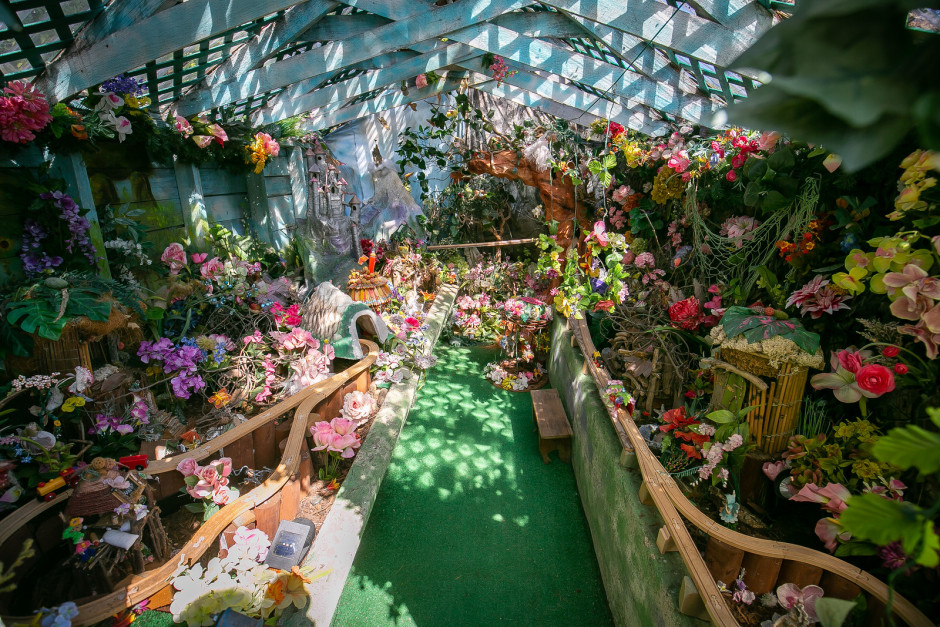
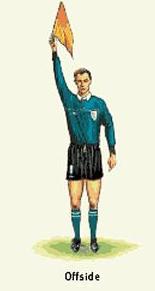
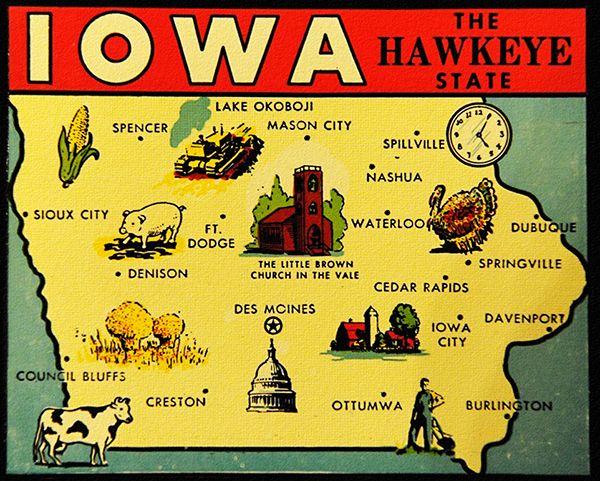
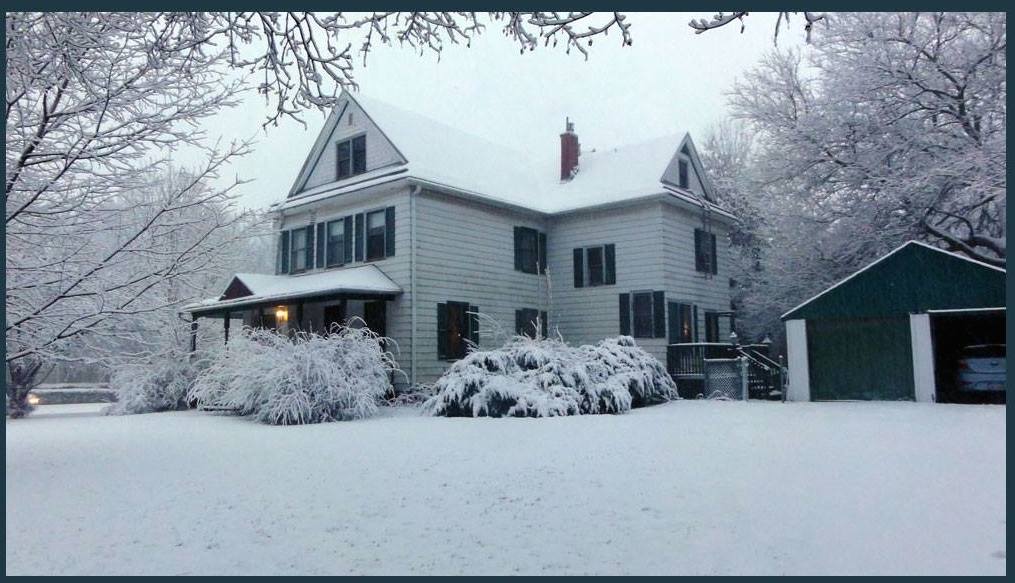
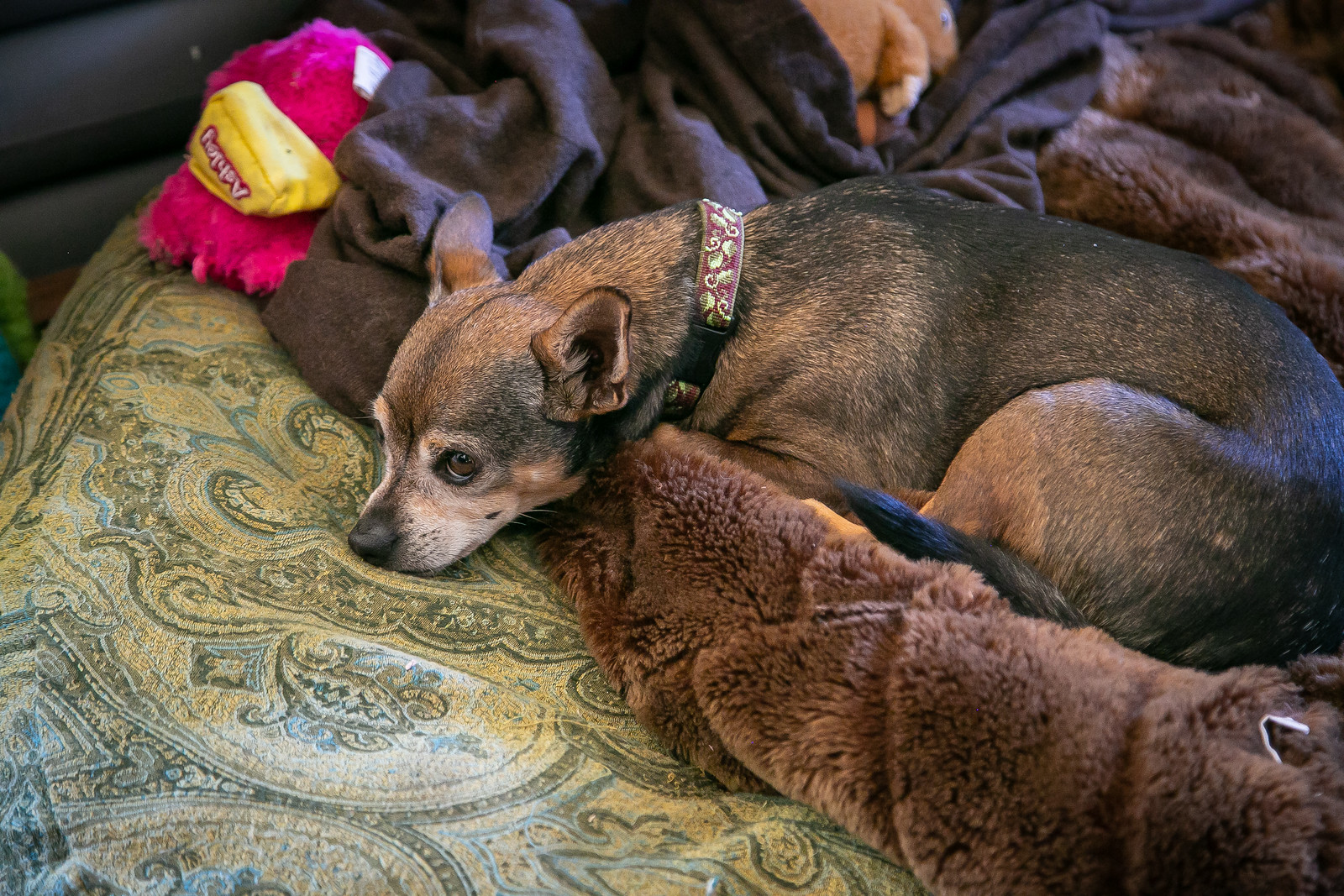

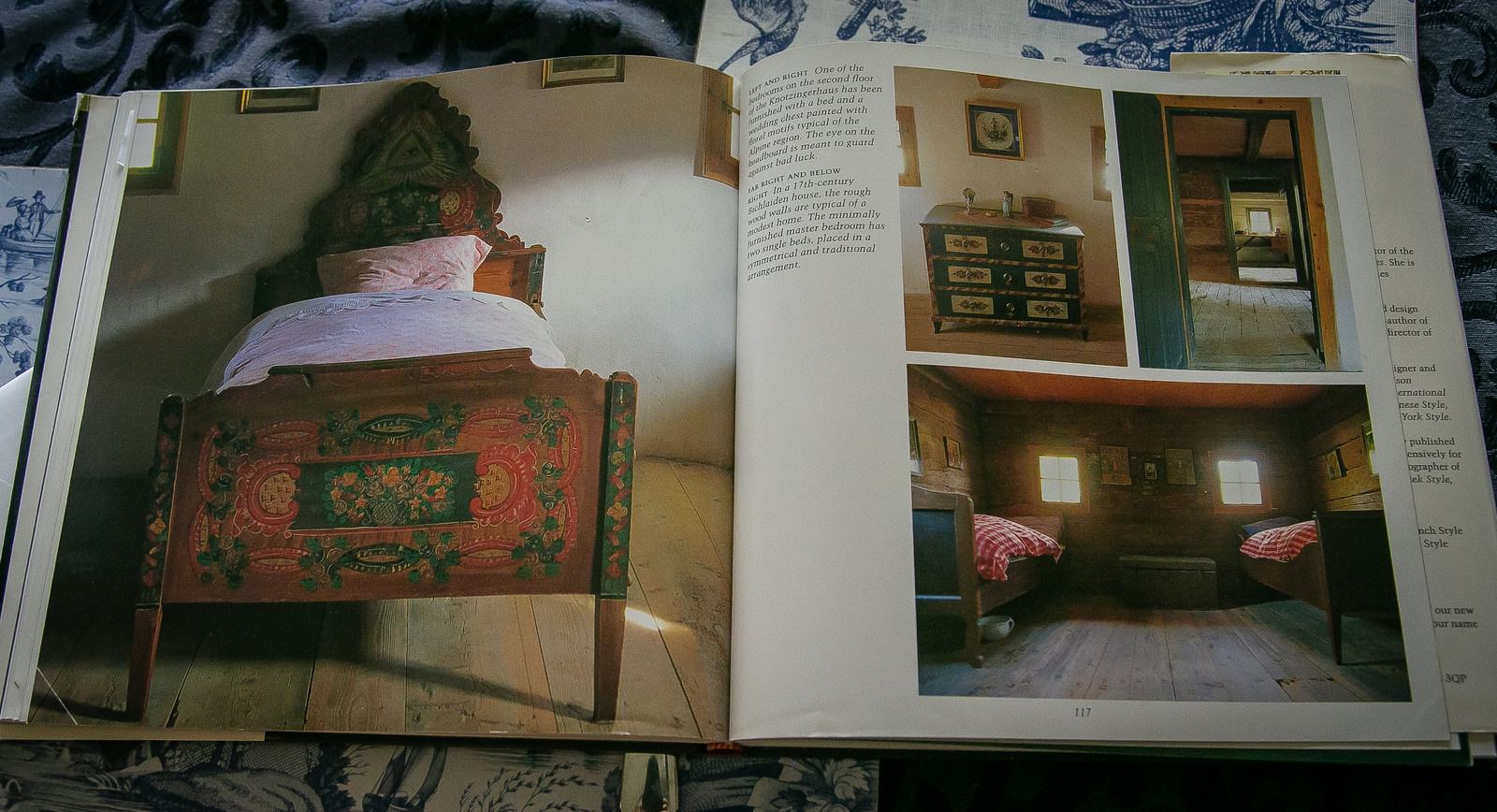
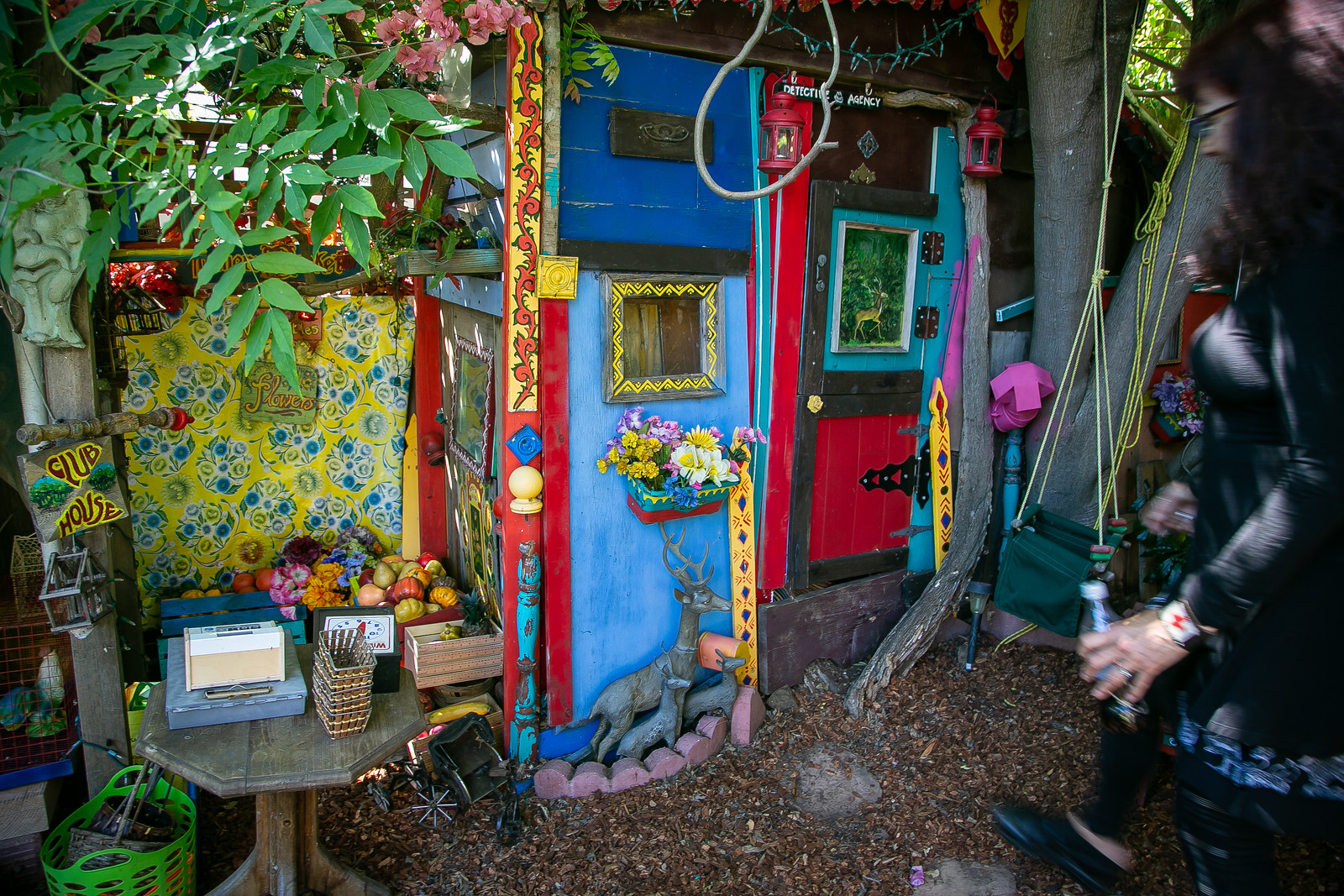
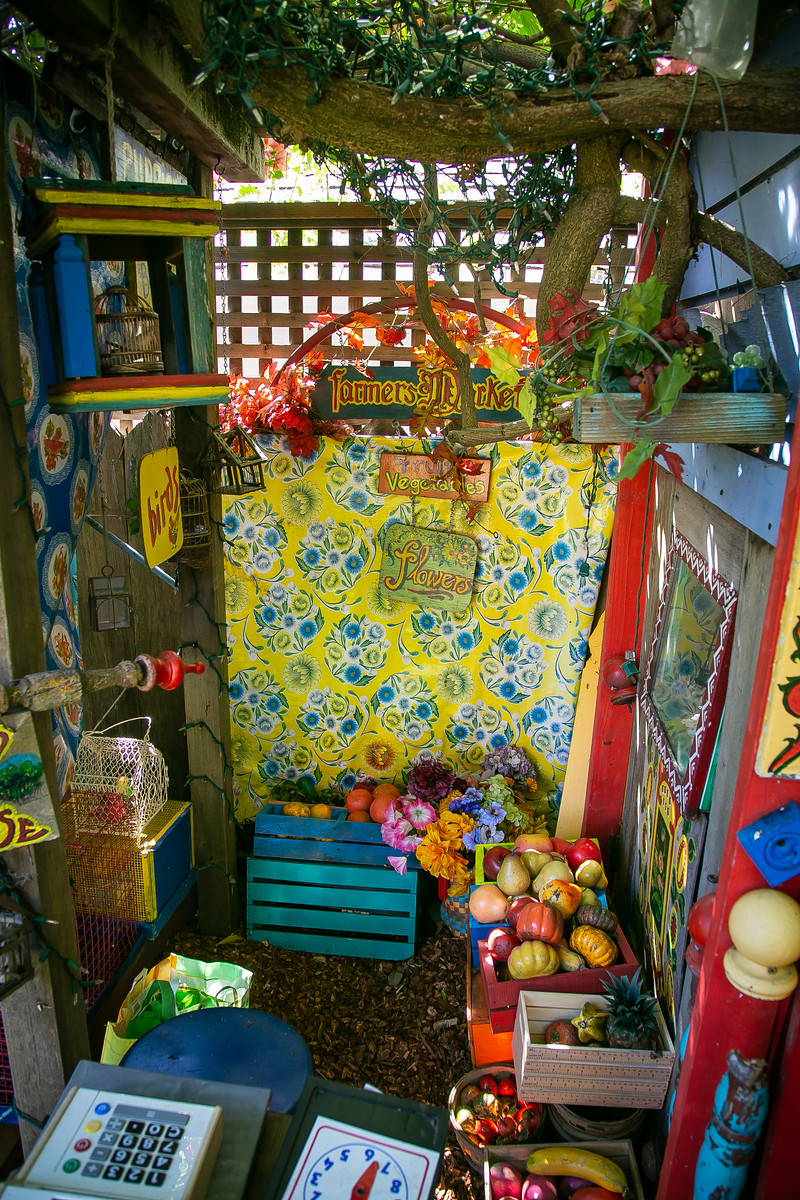
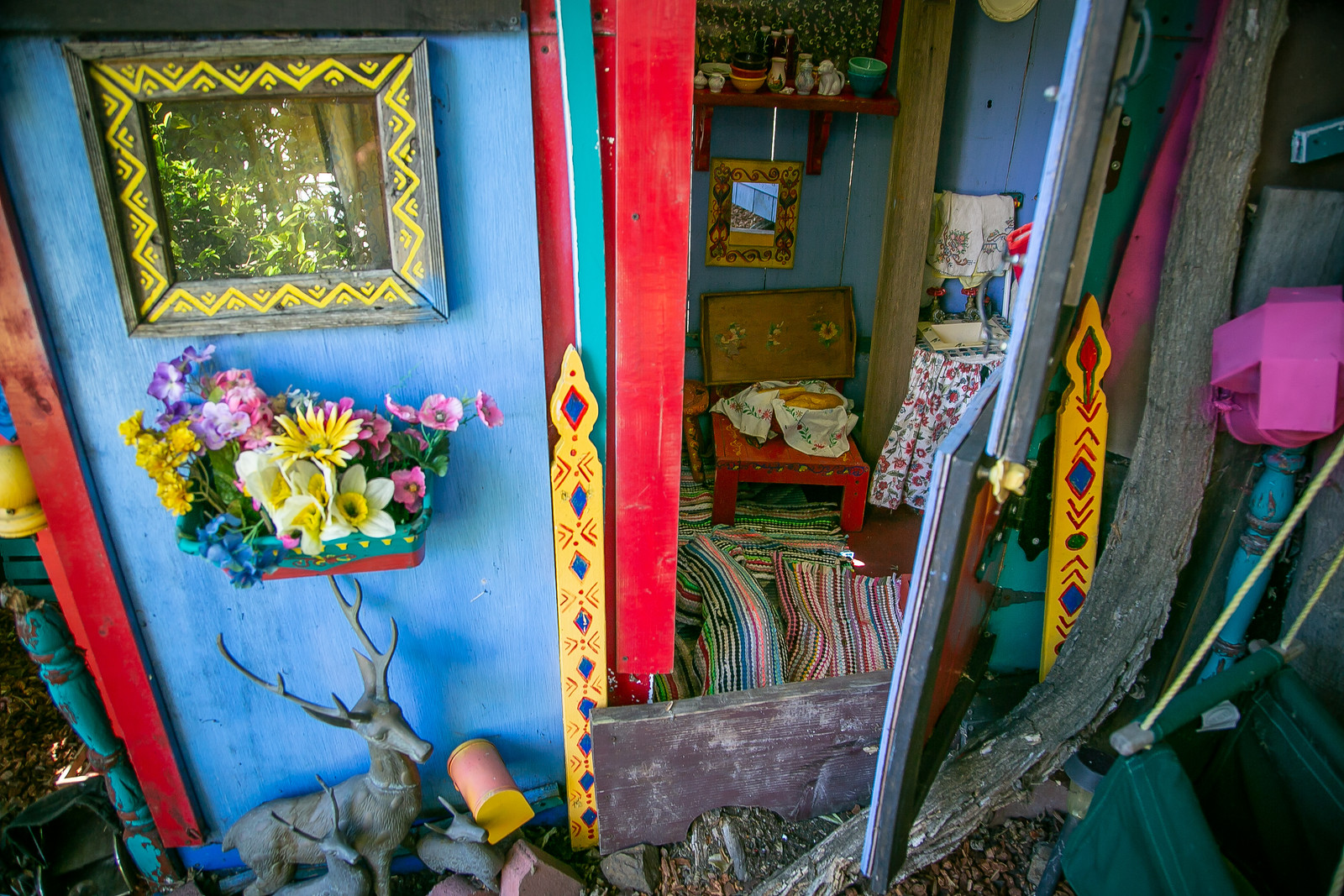
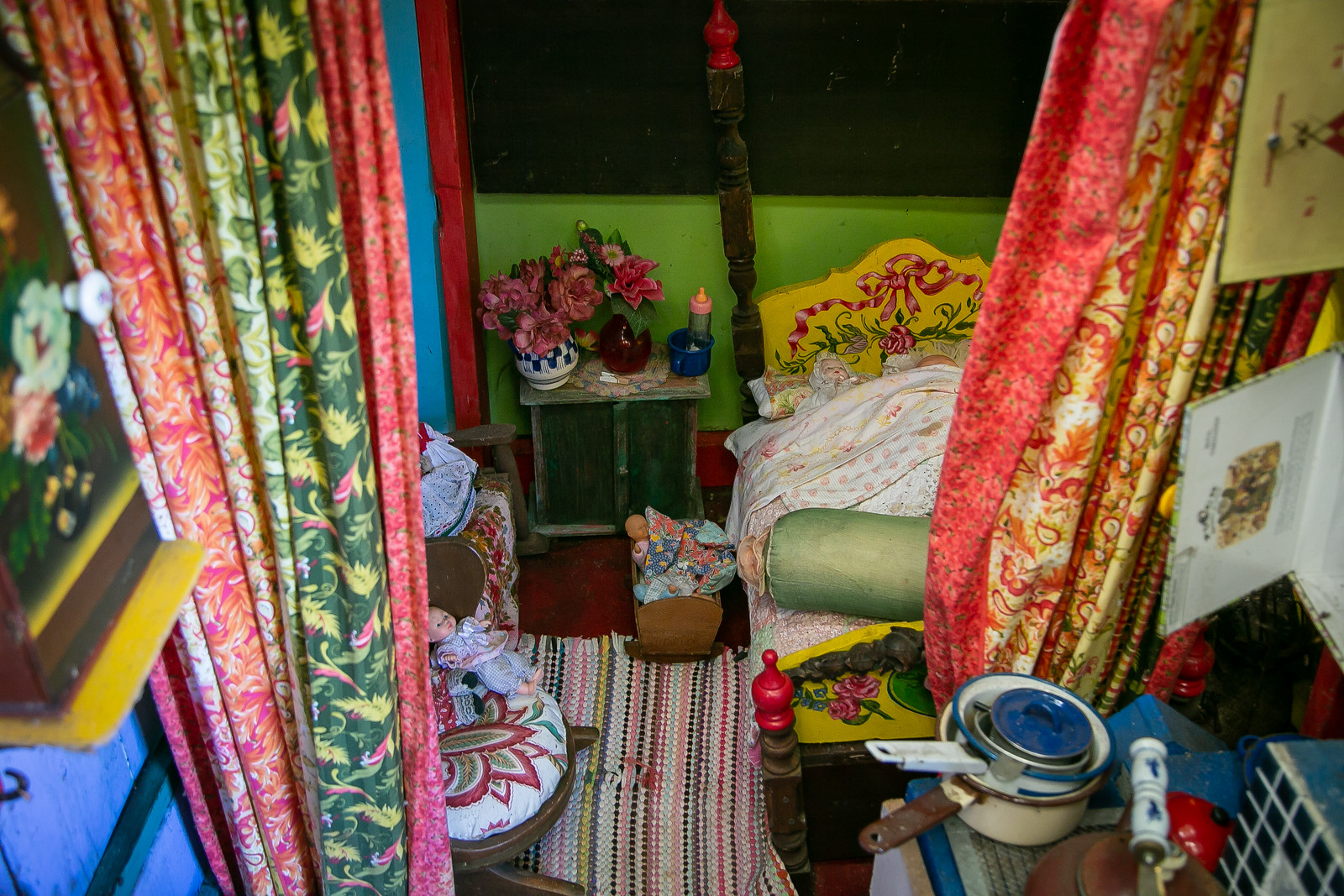
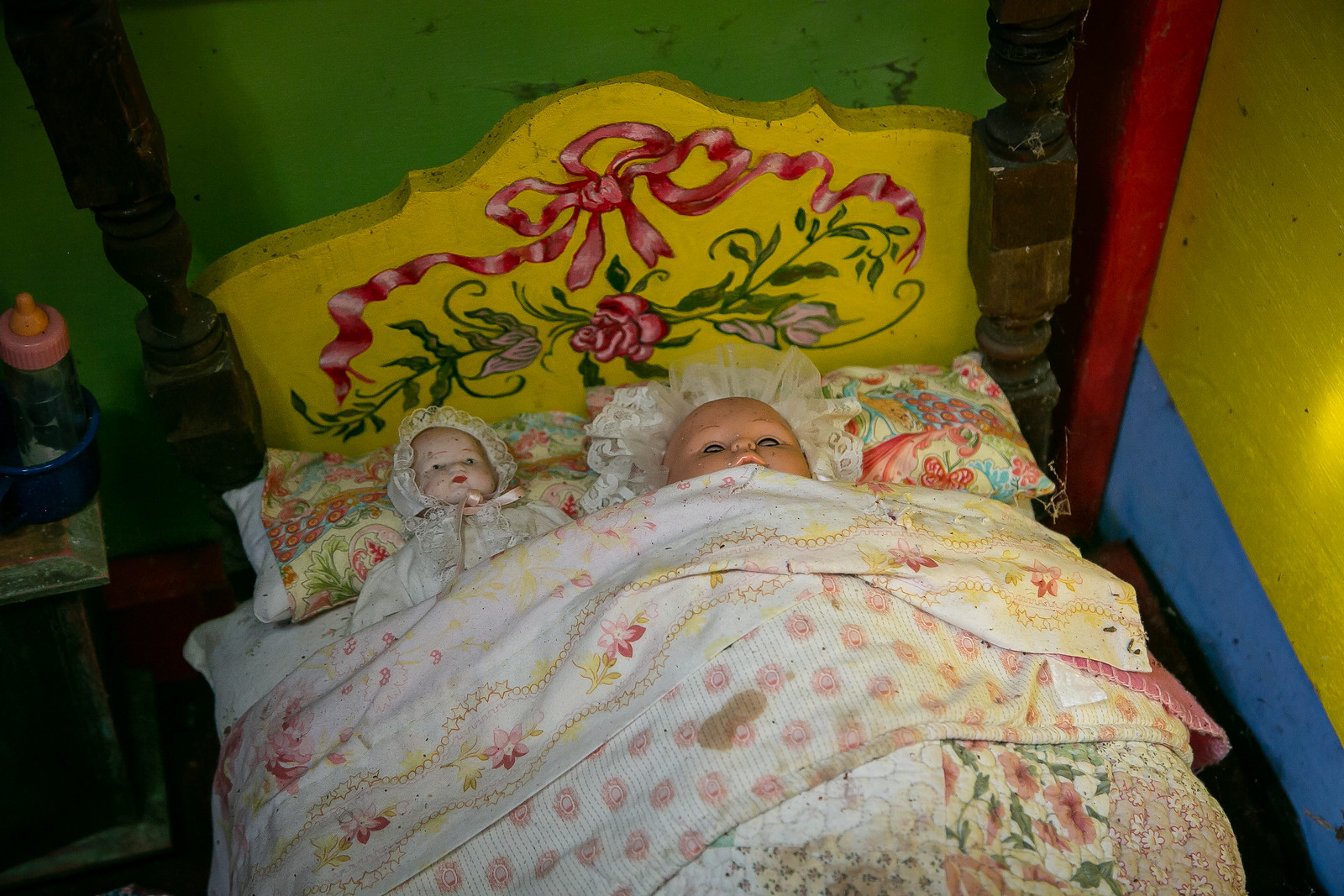
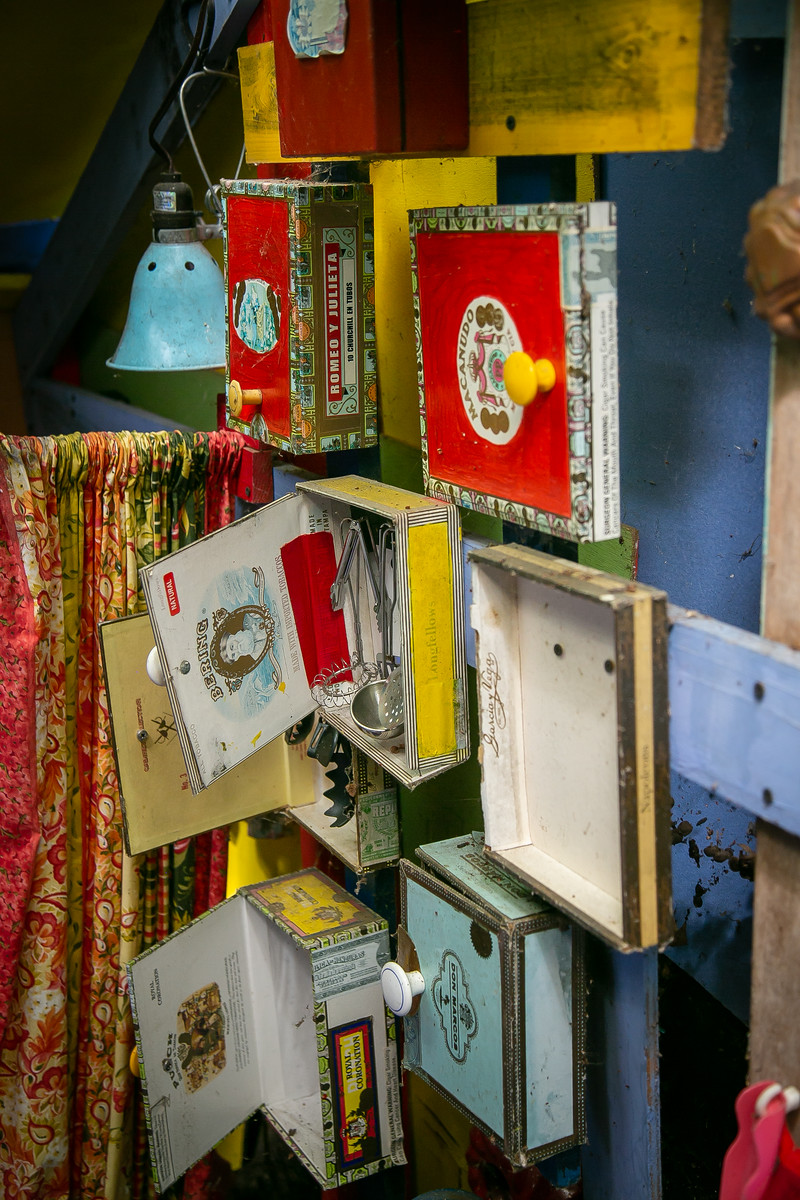
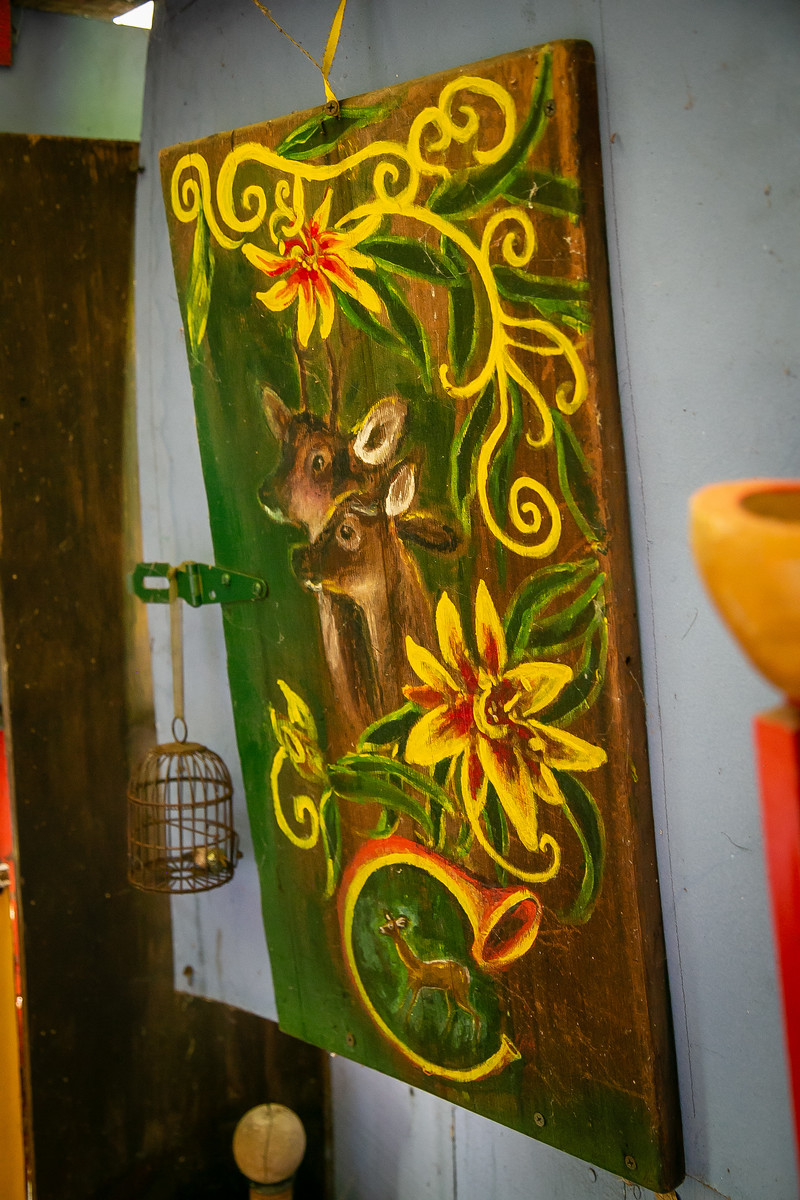
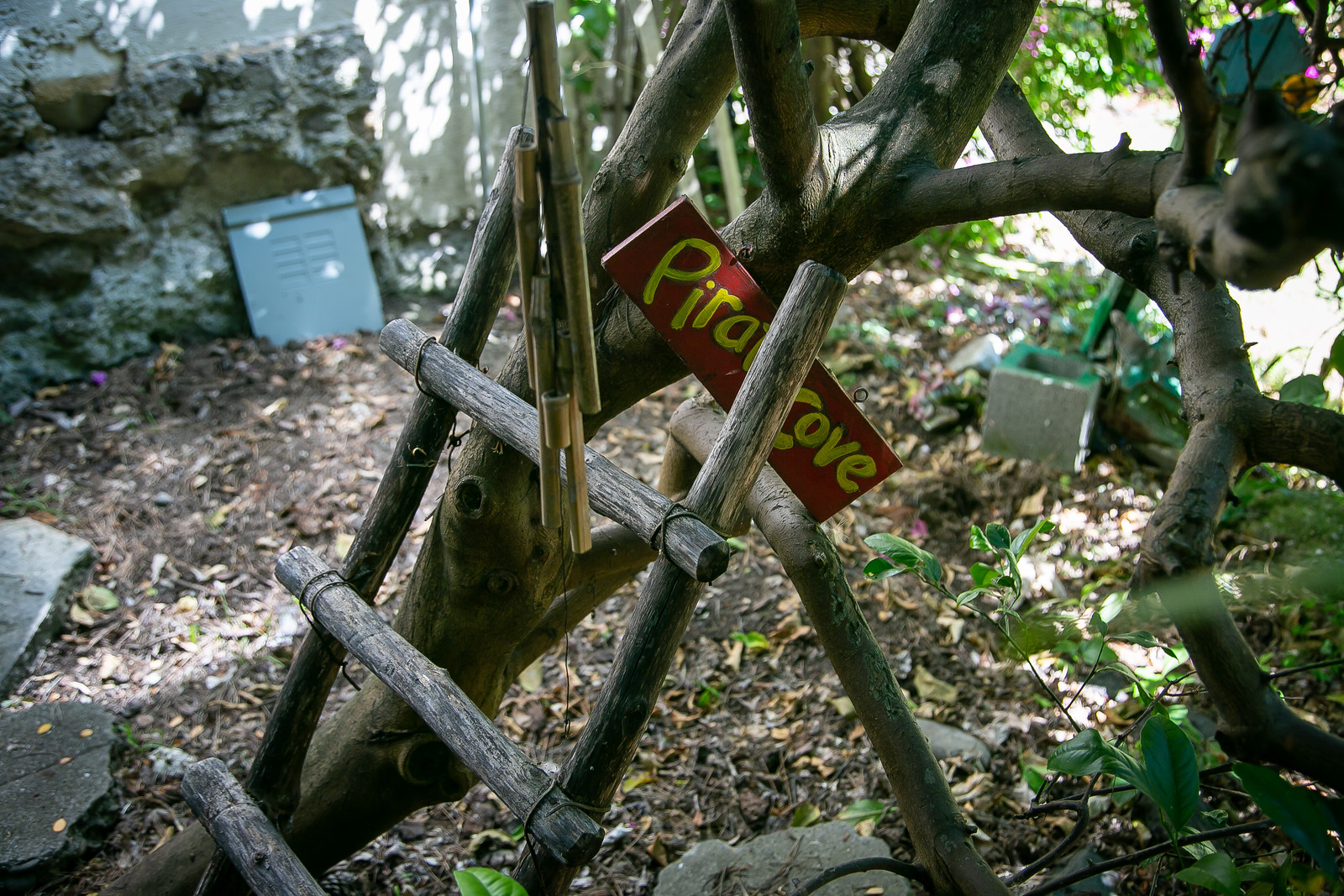
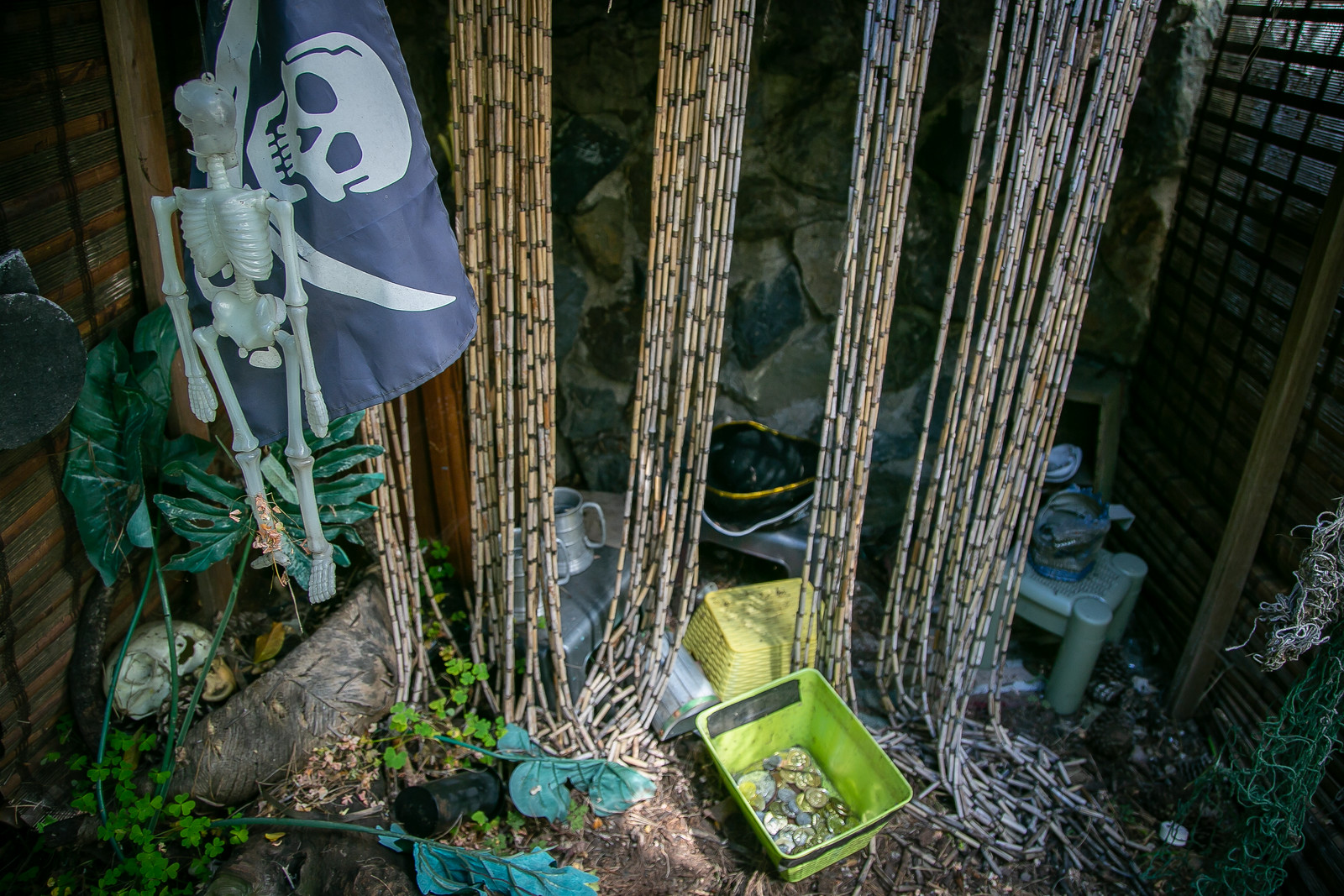

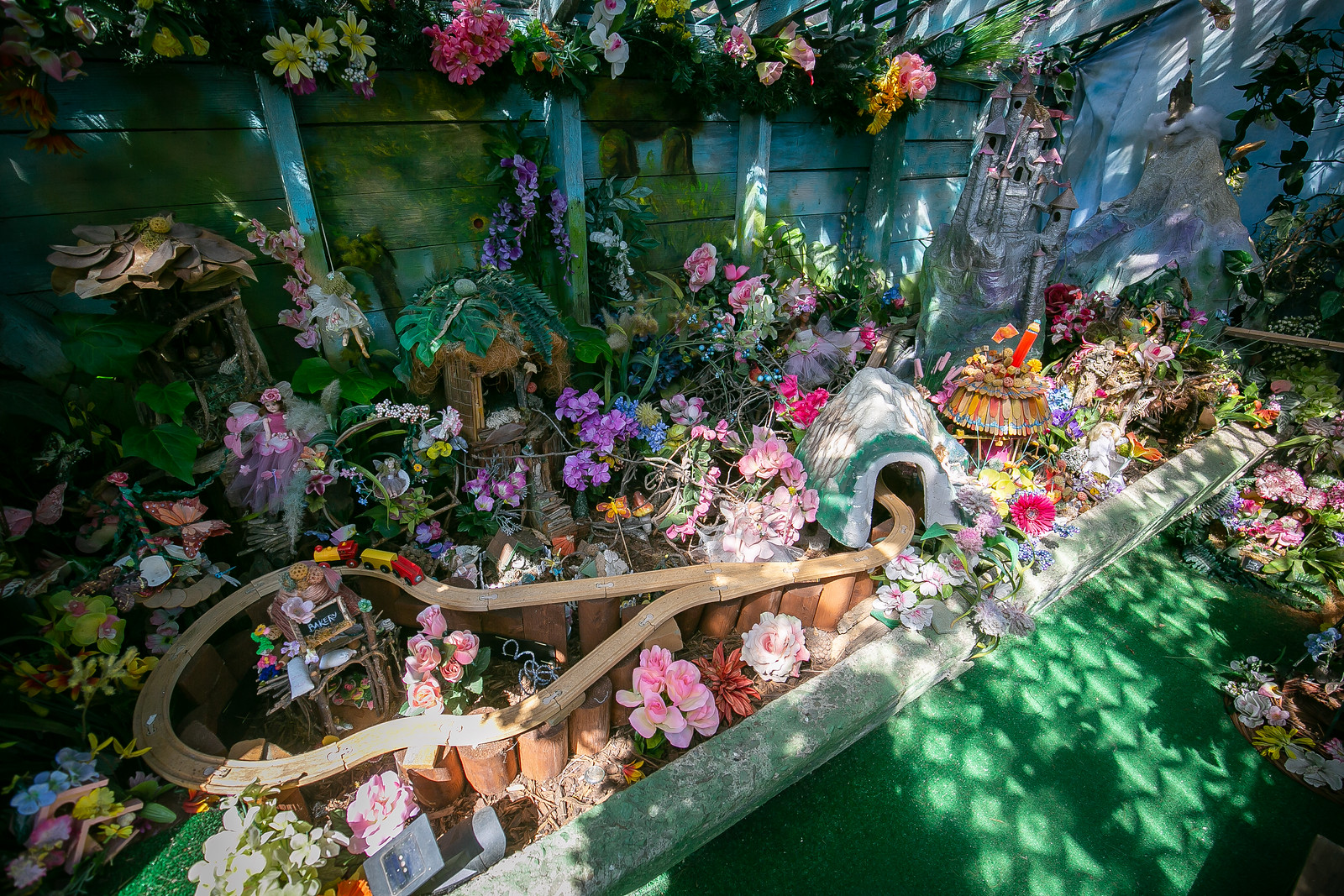
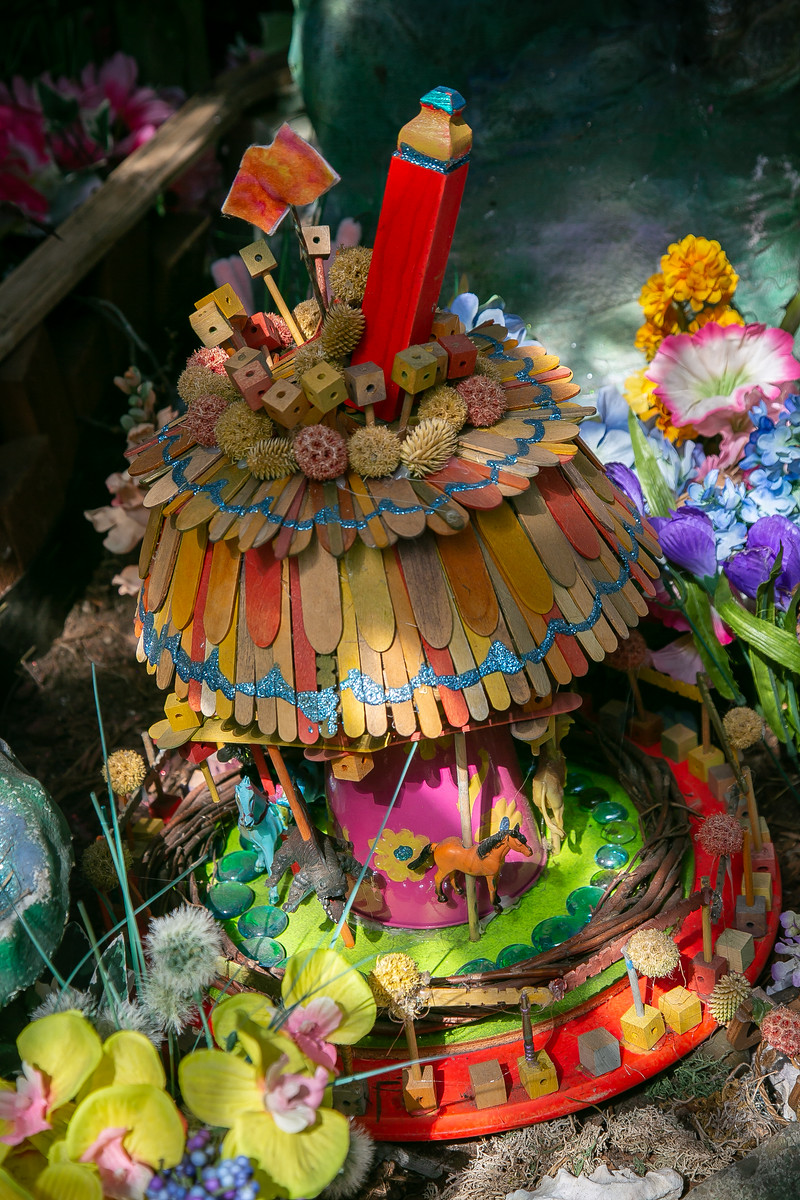
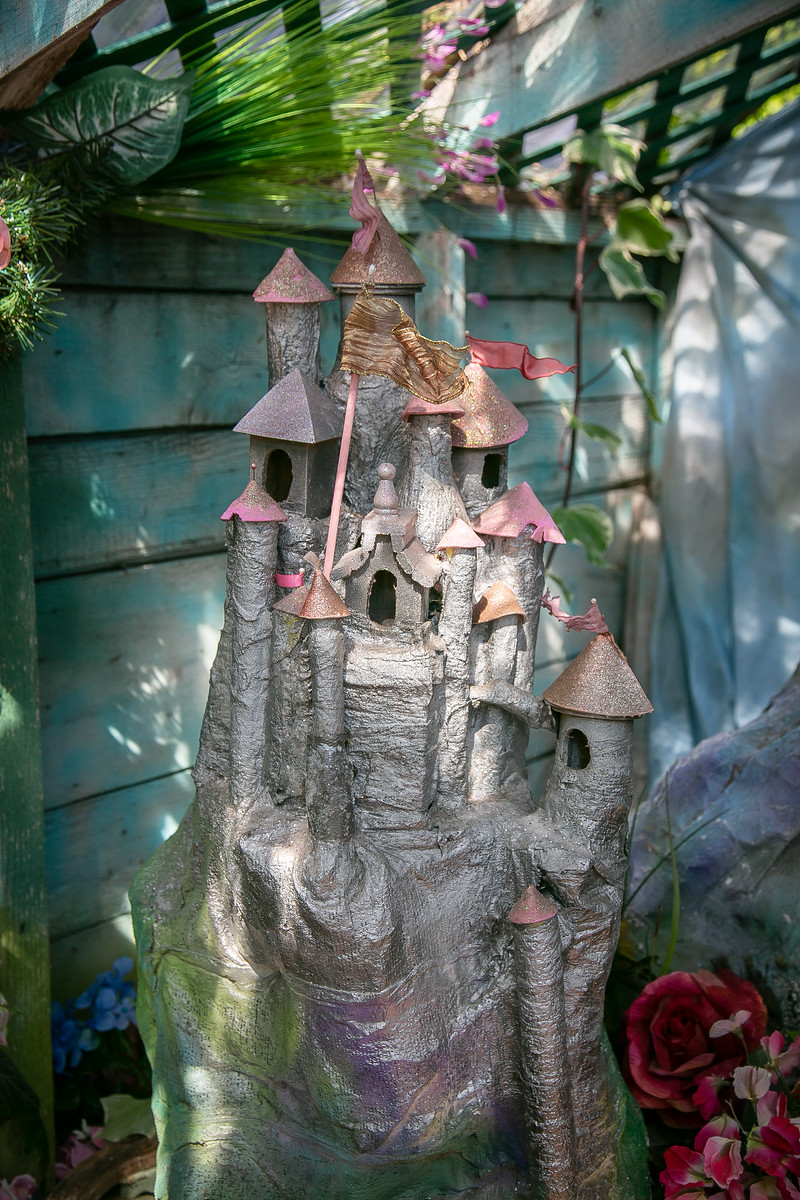
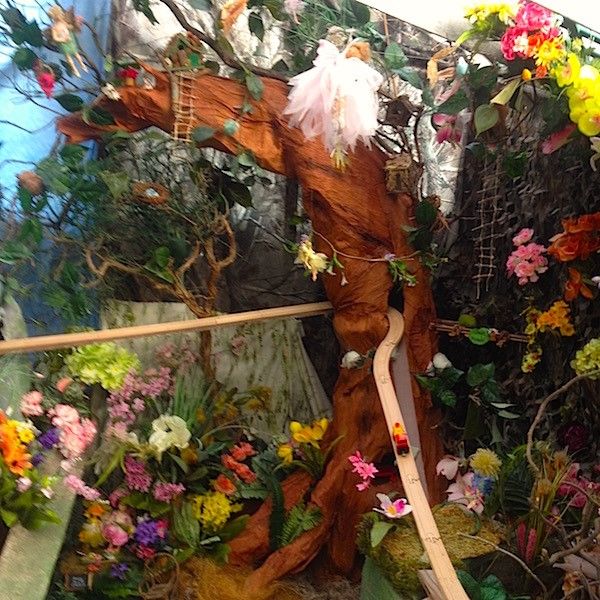
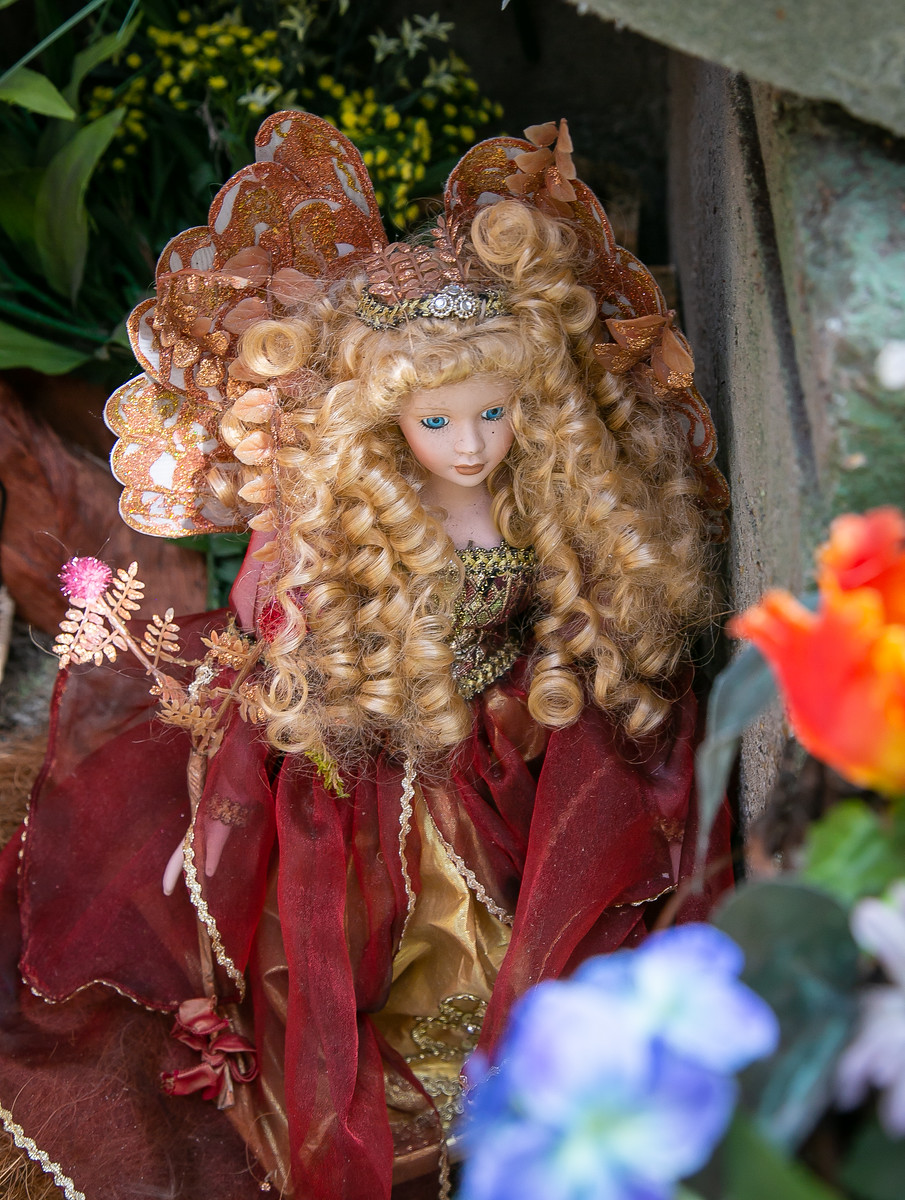
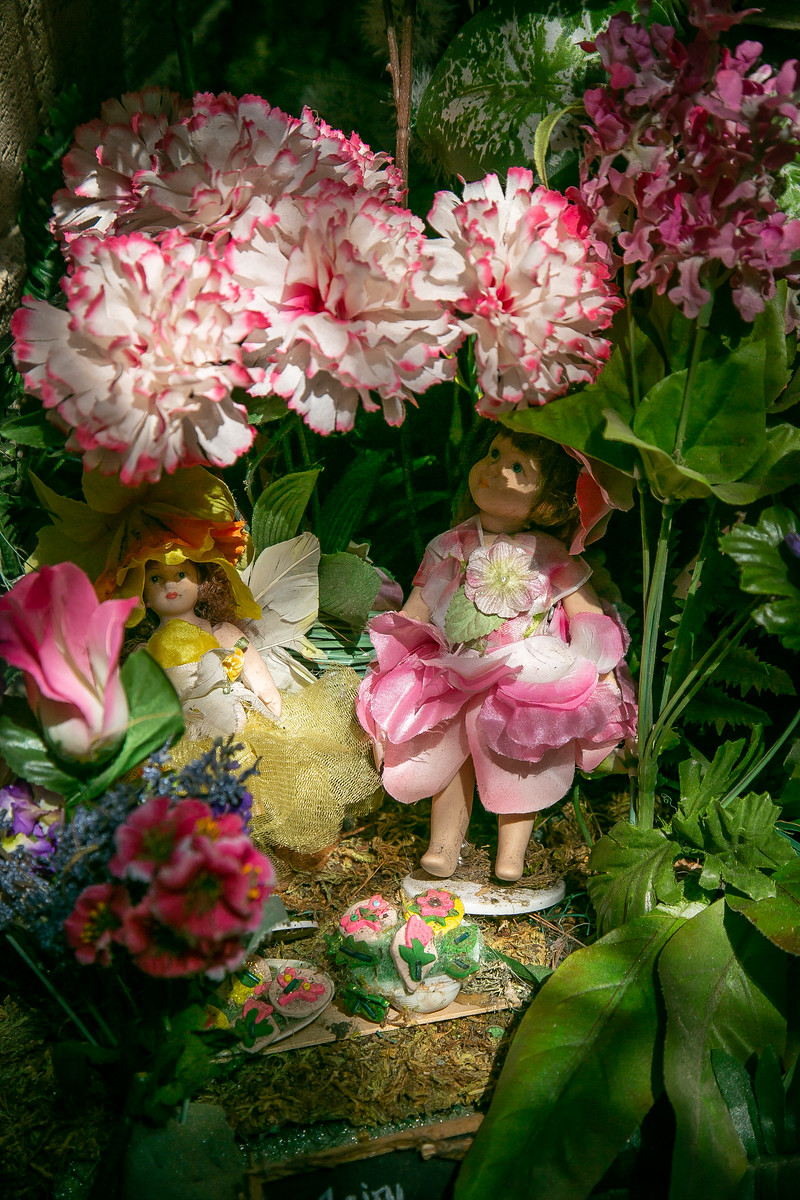
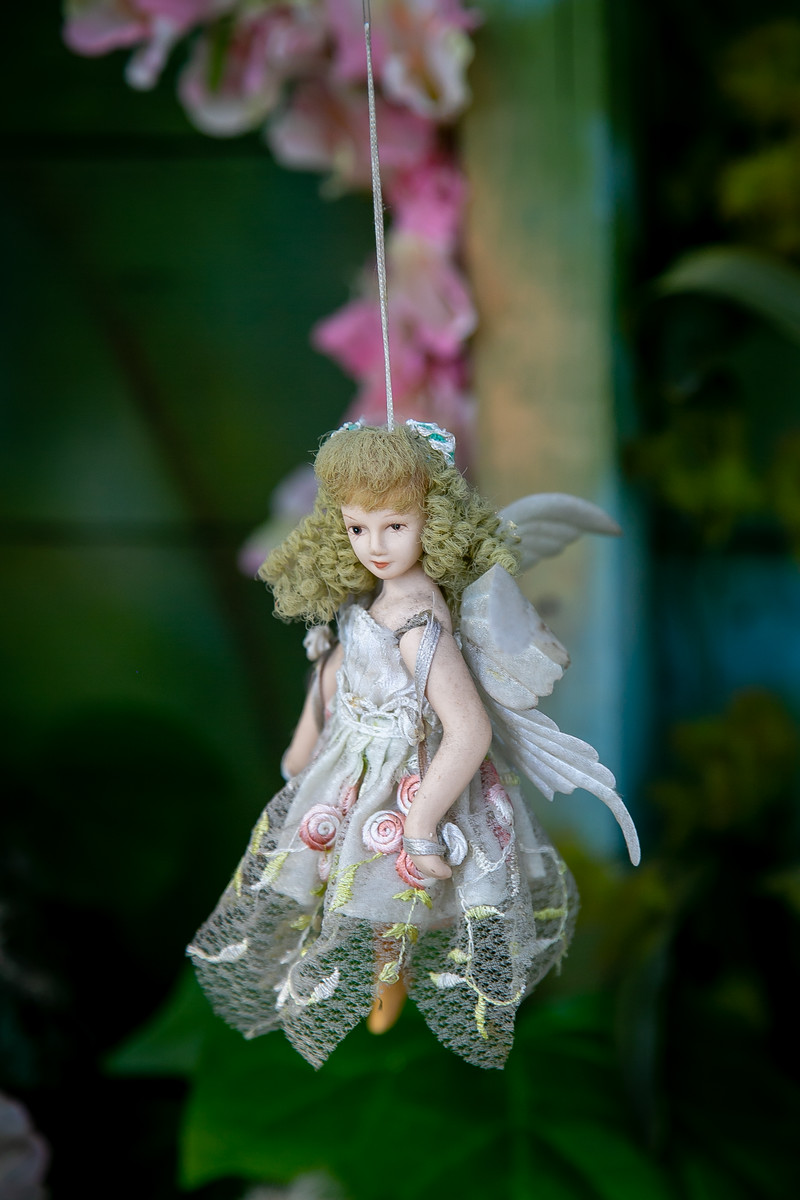
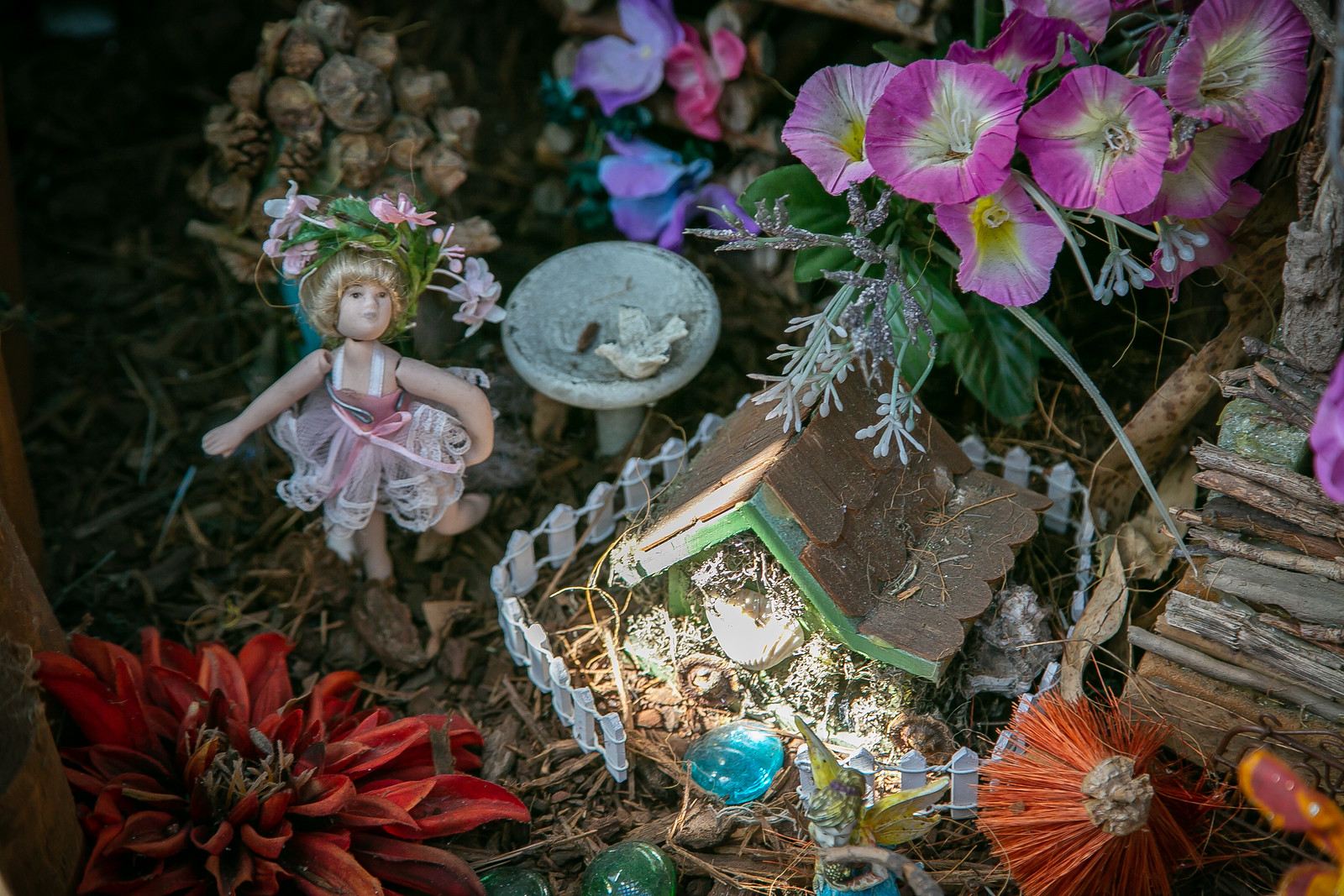
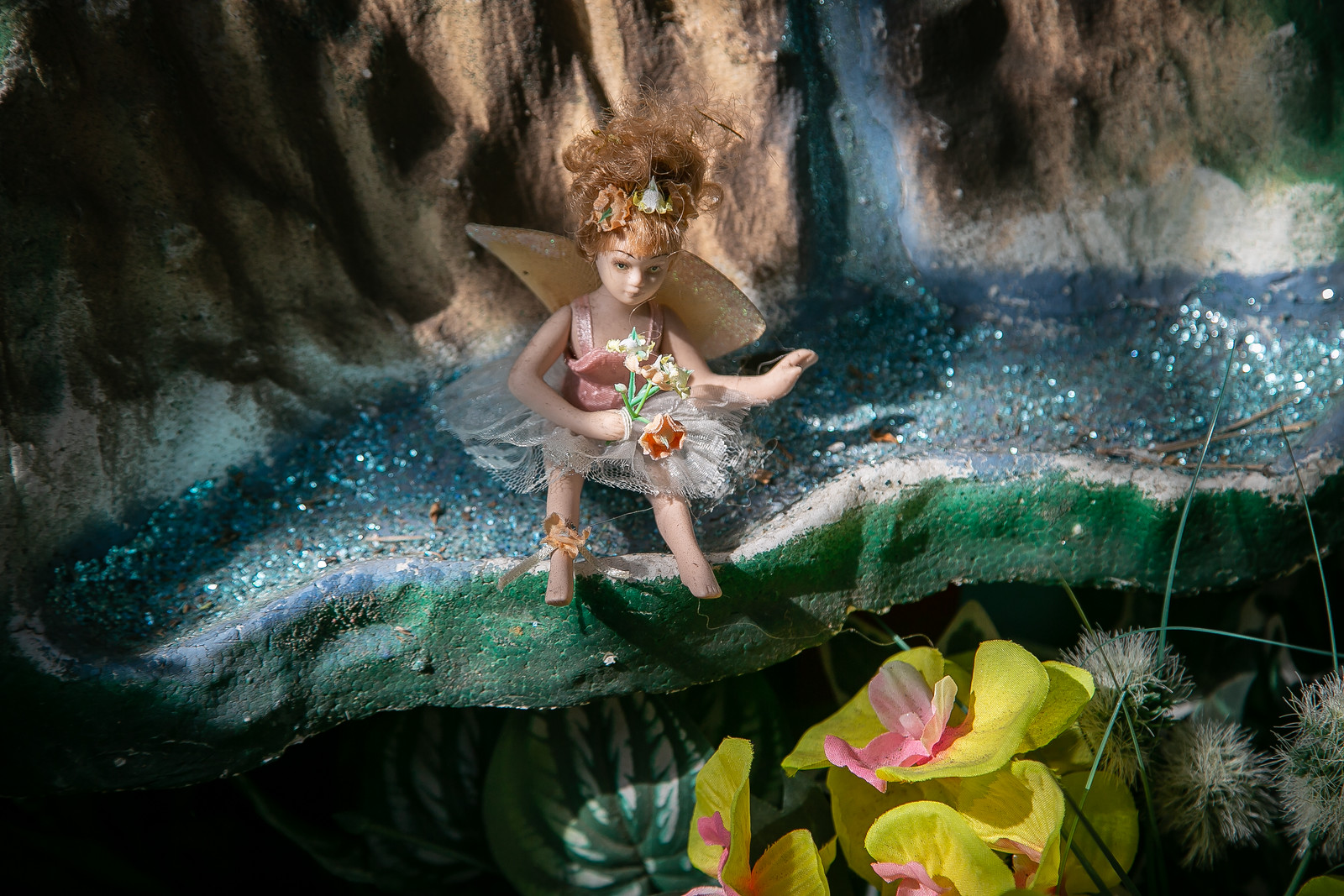
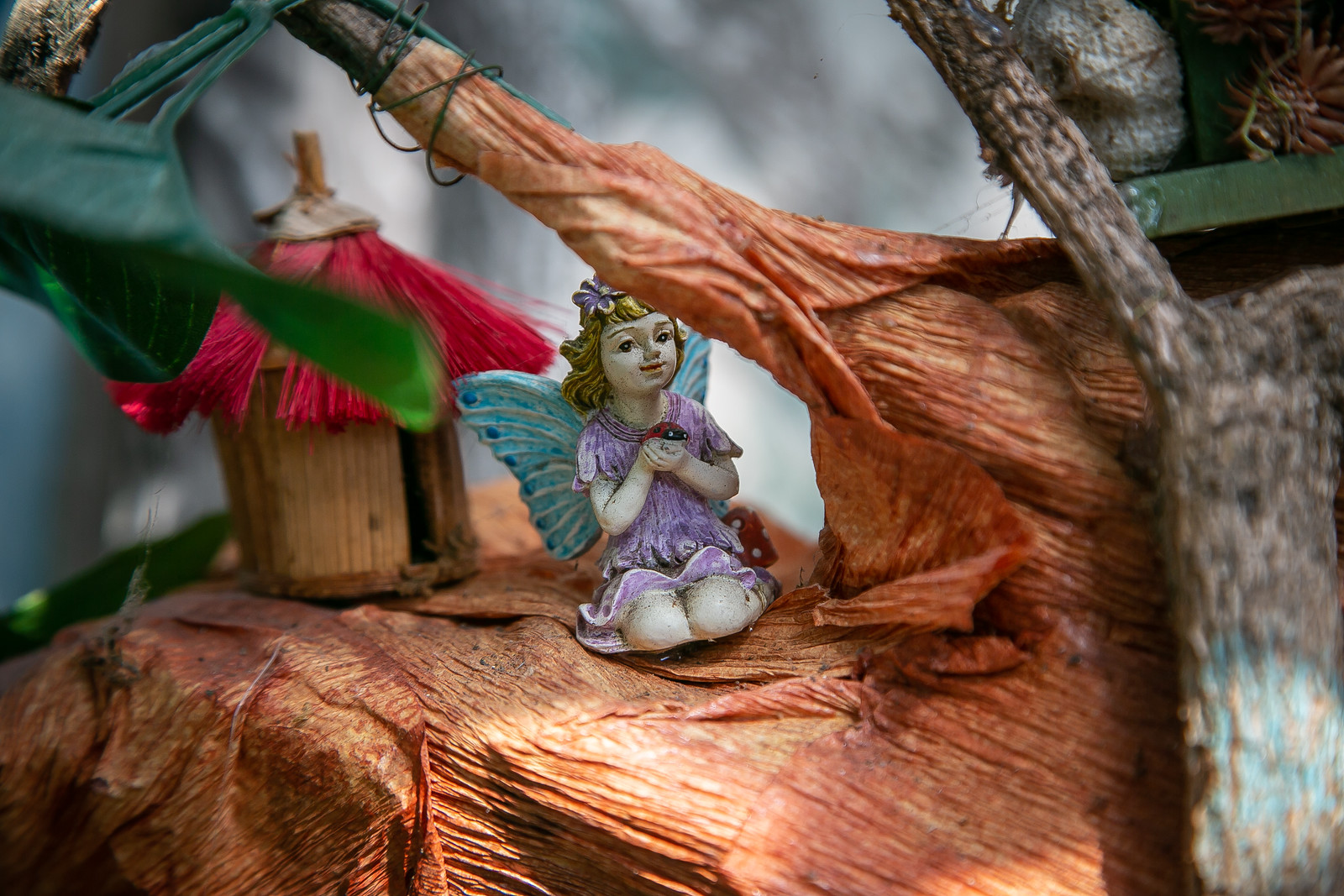
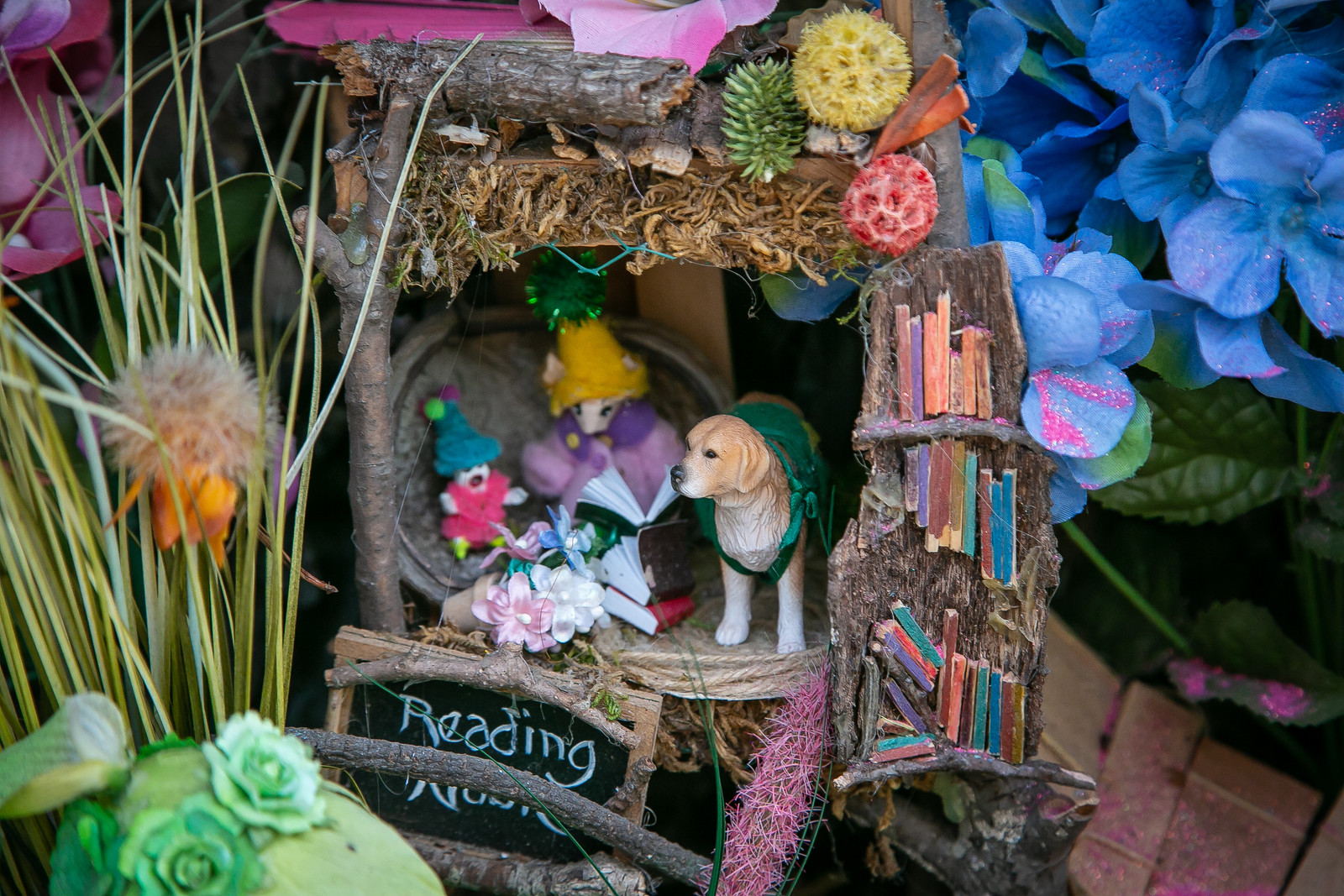
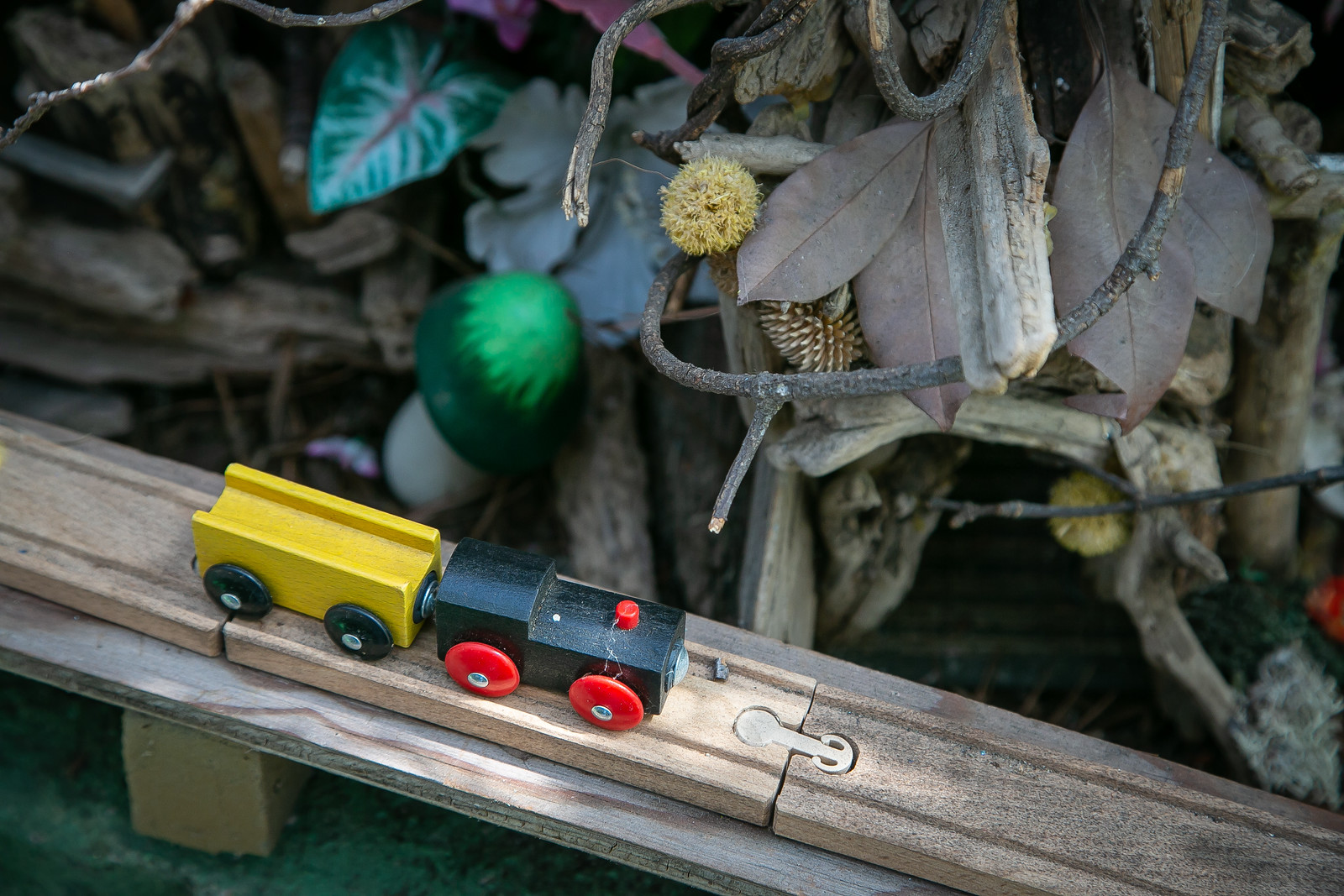
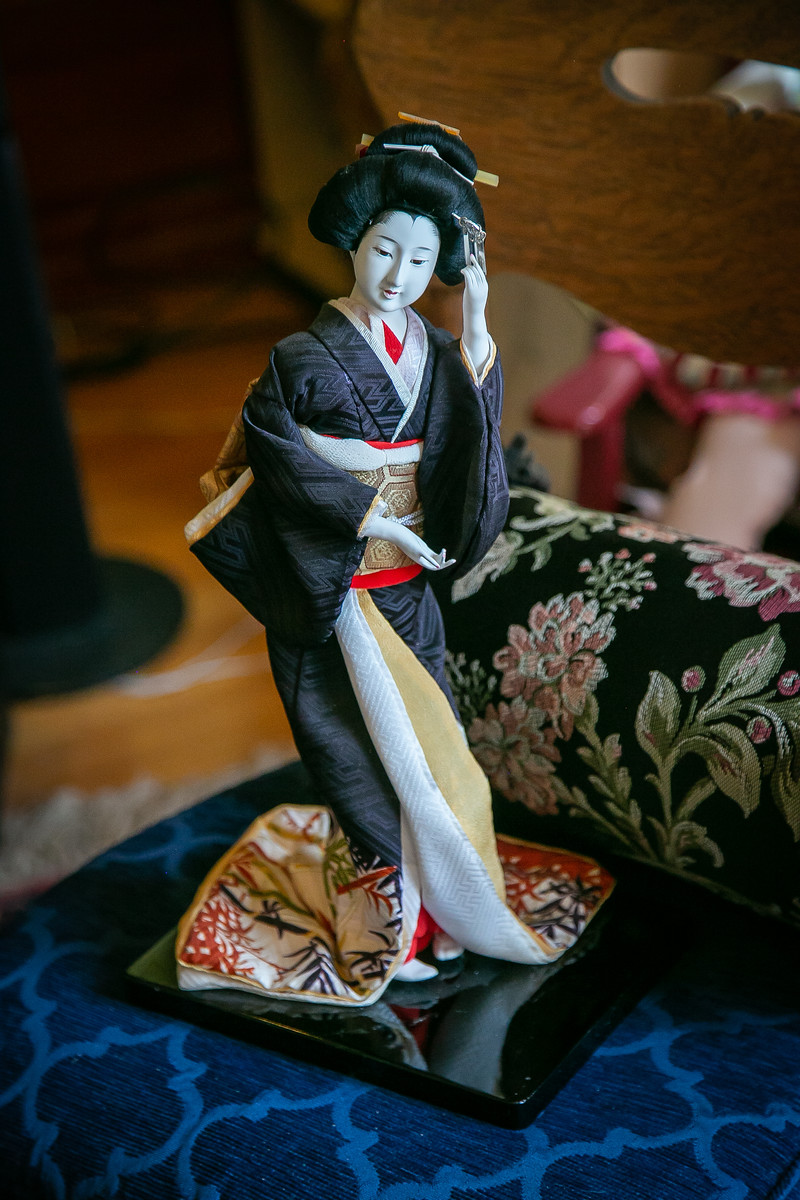
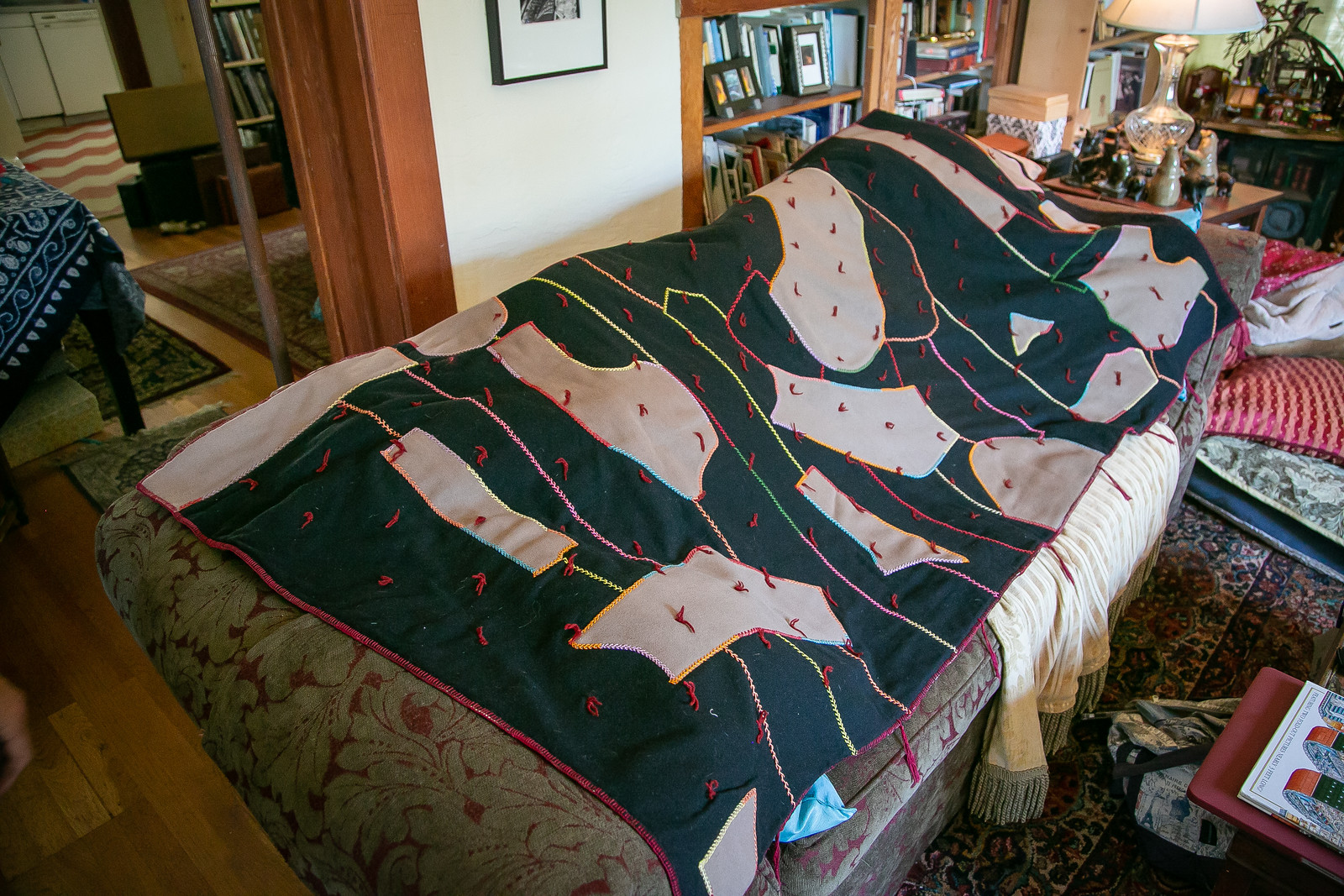
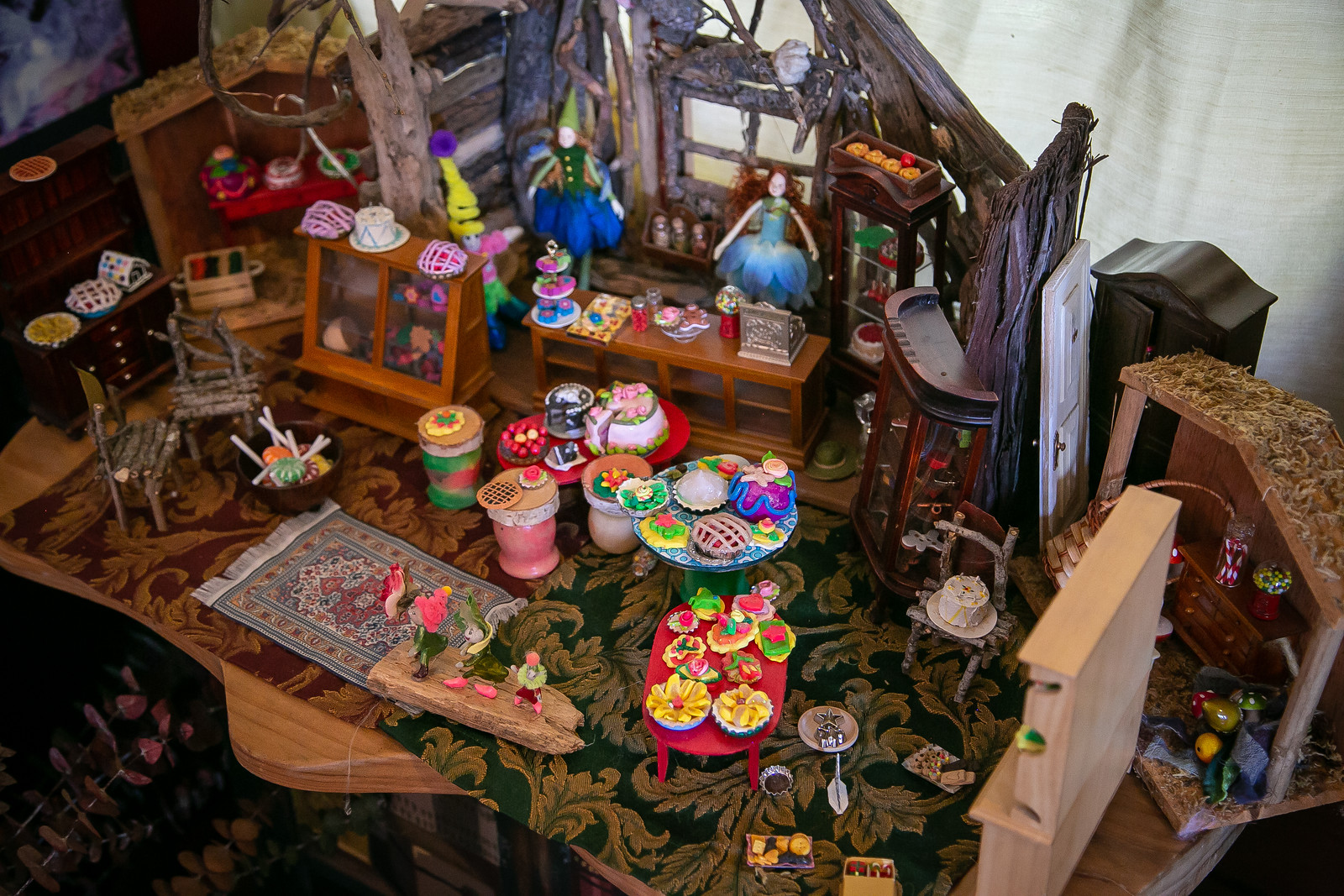
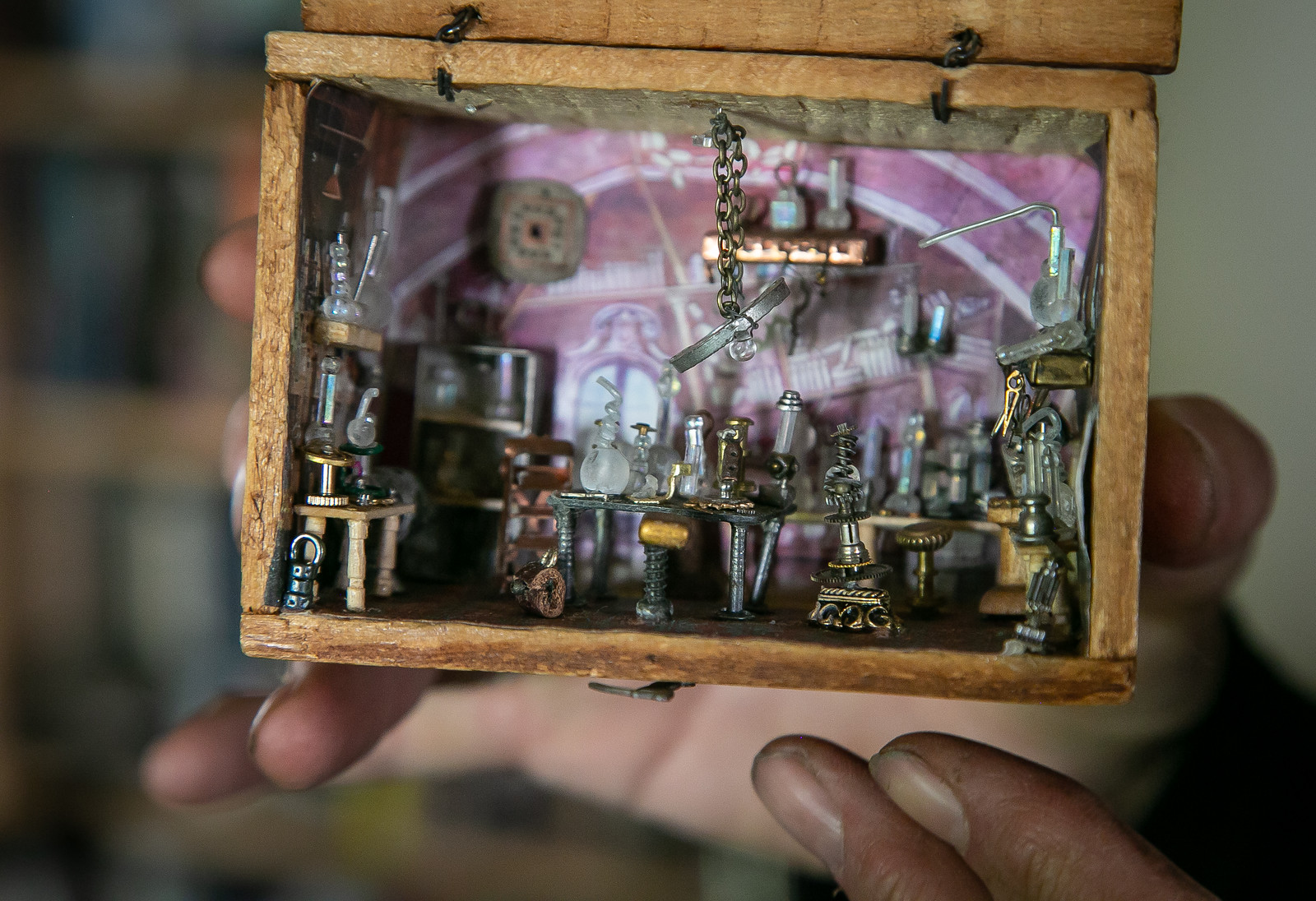
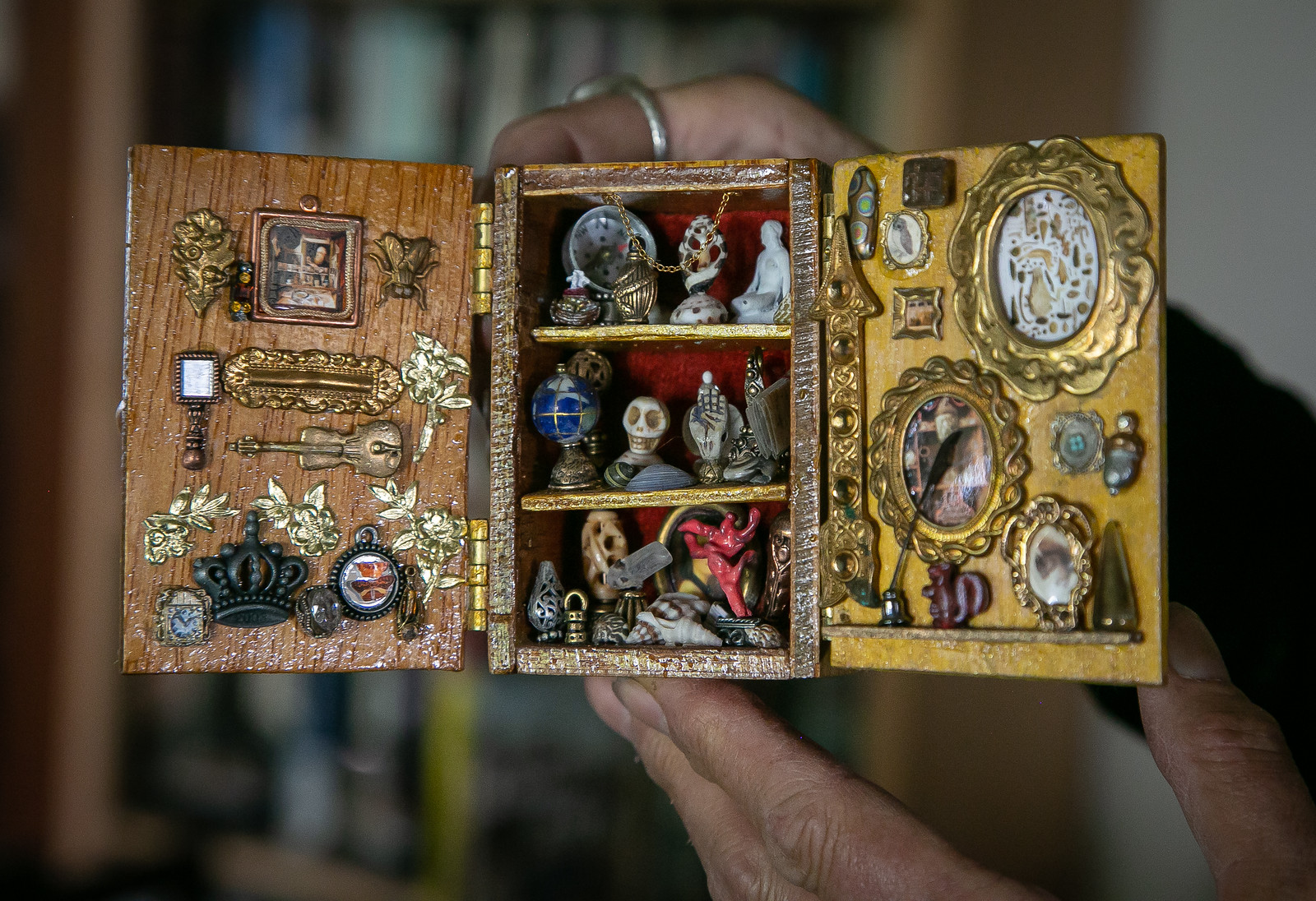
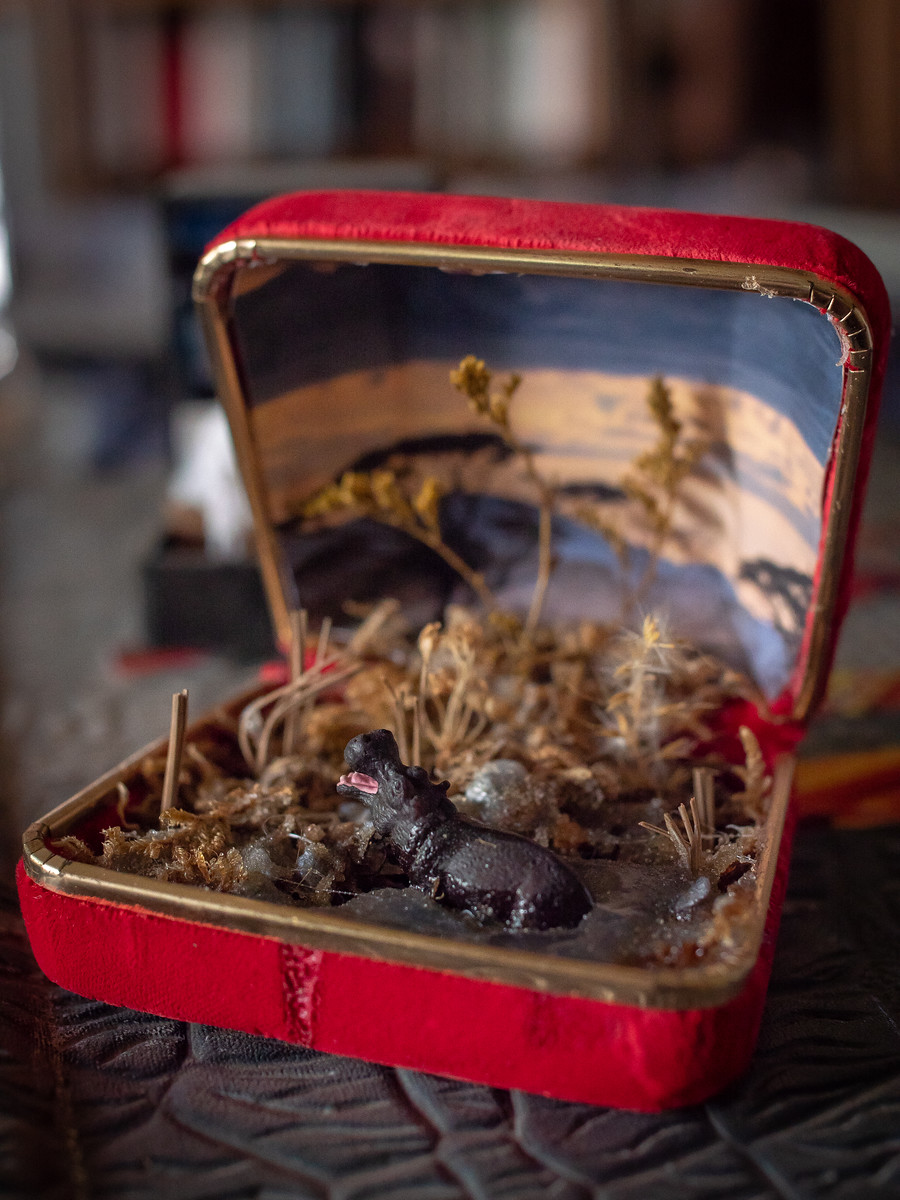
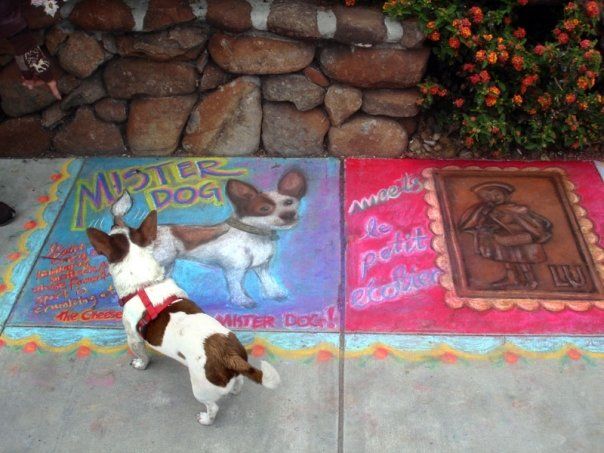
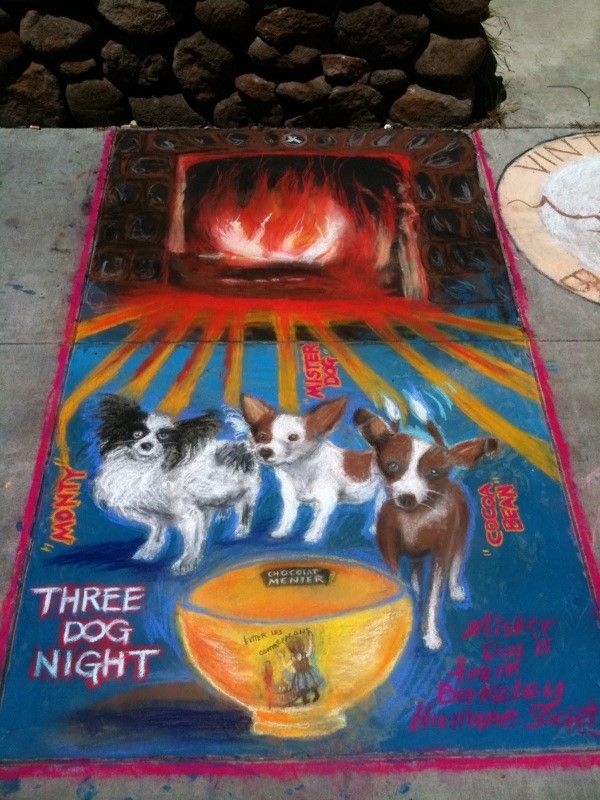
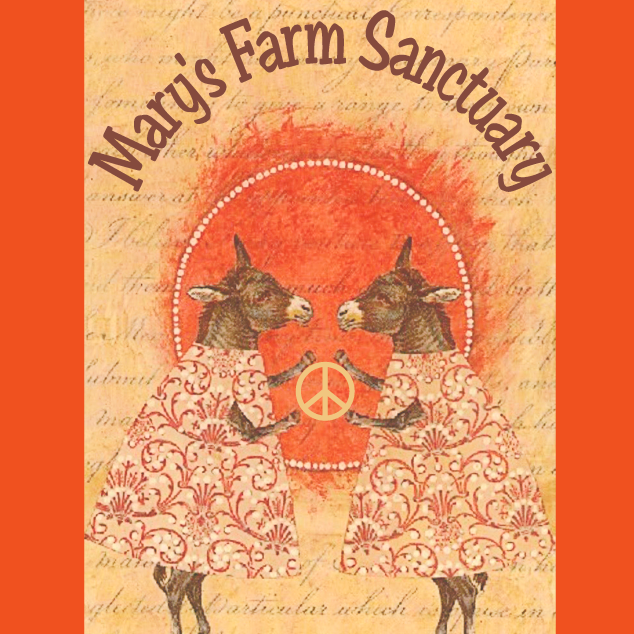

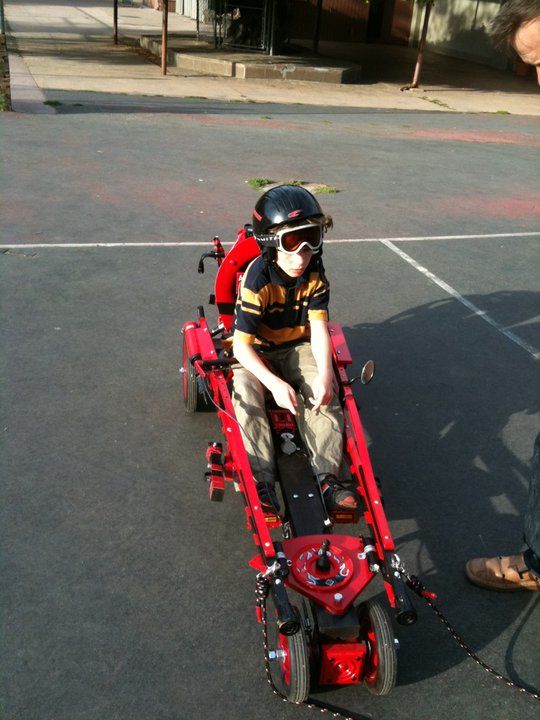
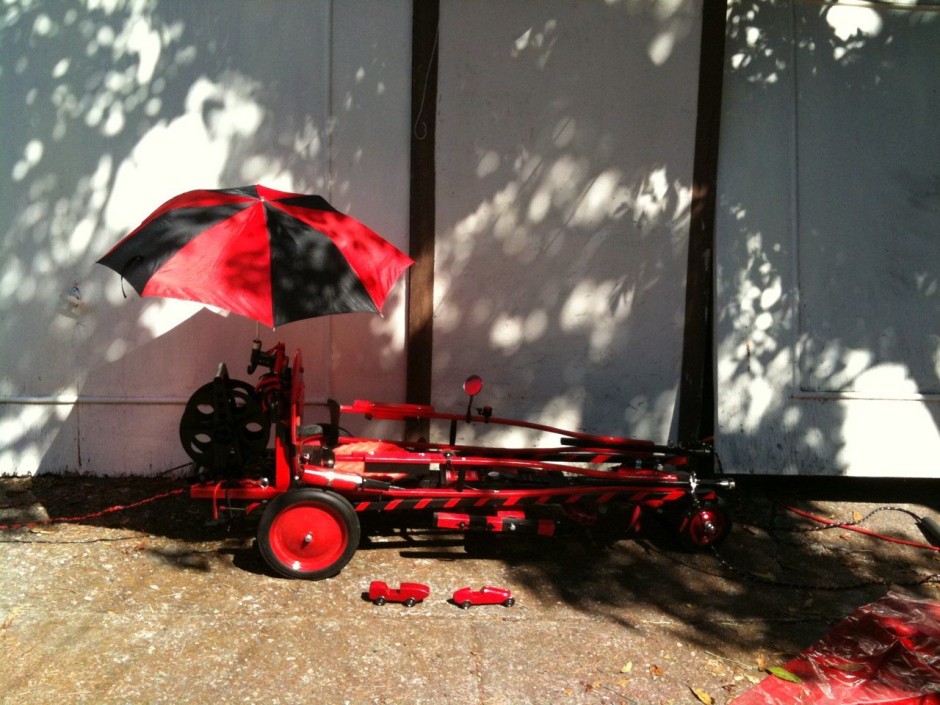
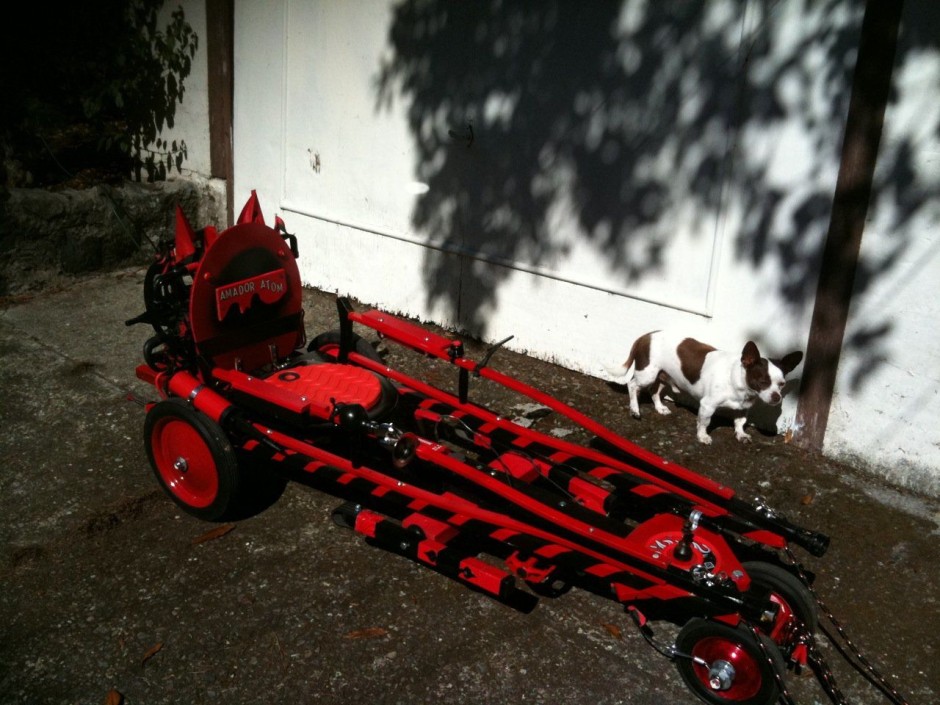


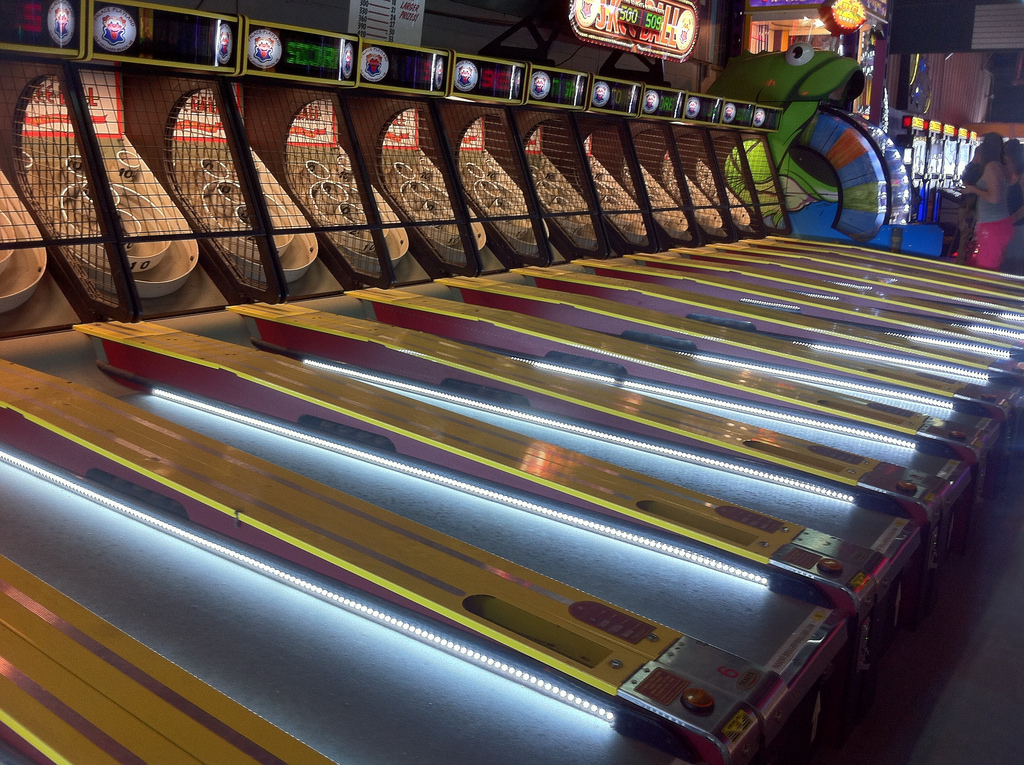
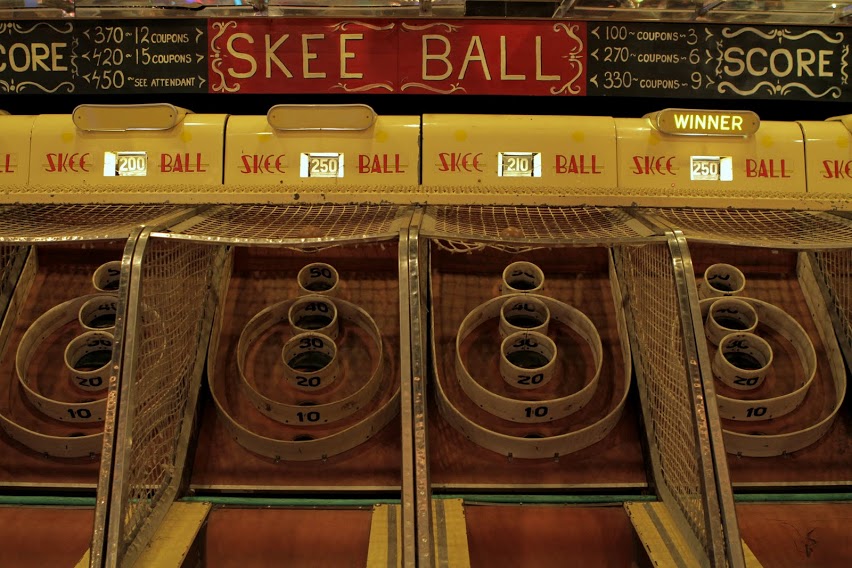
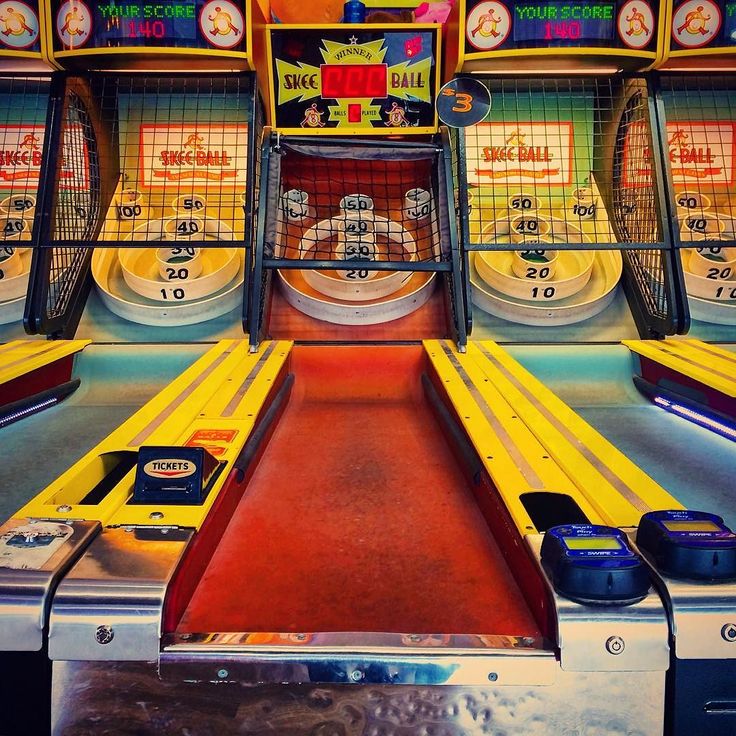
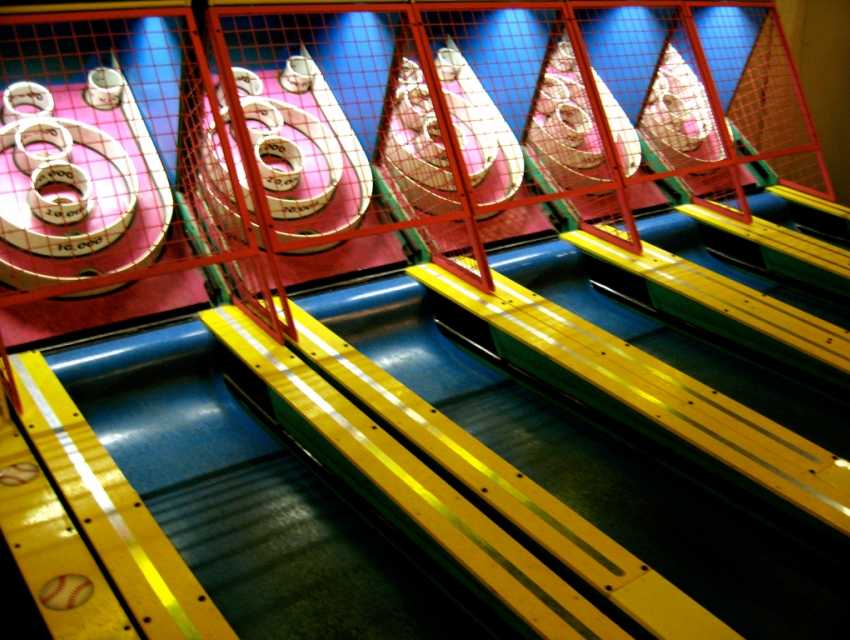

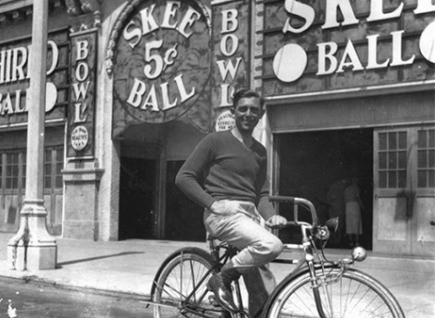

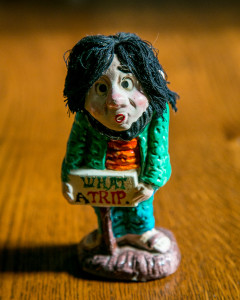
What an amazing couple, how lucky we are to have them here !
Wow! — Loved this piece and am awed by the creativity and imagination and generosity of these artists! Is it possible to visit this fairyland? — or only through your marvelous blog?
I am happy to give tours of Fairyland, etc. if you contact me by email.
Thanks for your kind comments!
Debra
I do not have words to describe the beauty that is Debra and Jon. Debra is the reason there is a Mary’s Farm Sanctuary. They truly make our world brighter.
What a beautiful tribute to my sister and brother-in-law. Debra has had an incredible imagination her entire life. There is more in Iowa City to discover about her too. And Jon has many talents that need to be revealed as well. Need I say more. I am so proud of them and their accomplishments.
Loved this story!!! I have a friend who builds fairy houses, and I’m sending this to him.
By the way, Debra and Nancy’s great grandmother, Bertha Minnie (Classen) Mayer, was the sister of my great grandfather, Otto Classen, who was a pretty well known artist who came from Dresden, Saxony, Germany to the USA in about 1890 and was living and working as an artist in Denver, Colorado, in 1892. By 1898 he moved to Los Angeles and lived in and around the Hollywood, Santa Monica and Malibu areas until his death in 1939. He had an exhibition of his work at the Bay Women’s Club in Santa Monica, in 1937. Here is a link to his profile page on the website I use for my genealogy: https://www.geni.com/people/Otto-Classen/6000000006794930593?from_flash=1&fsession_id=1552326736650&through=6000000089036550857
Would love to know if either Debra or Nancy may have any of his paints! Best Regards! Della Dale Smith-Pistelli, 305 Magnolia Lane, Brenham, TX, 77833. I was born and raised in the Southern California area and also lived in the San Francisco Bay Area too.
Where does your fairy-hour-building friend live?